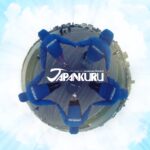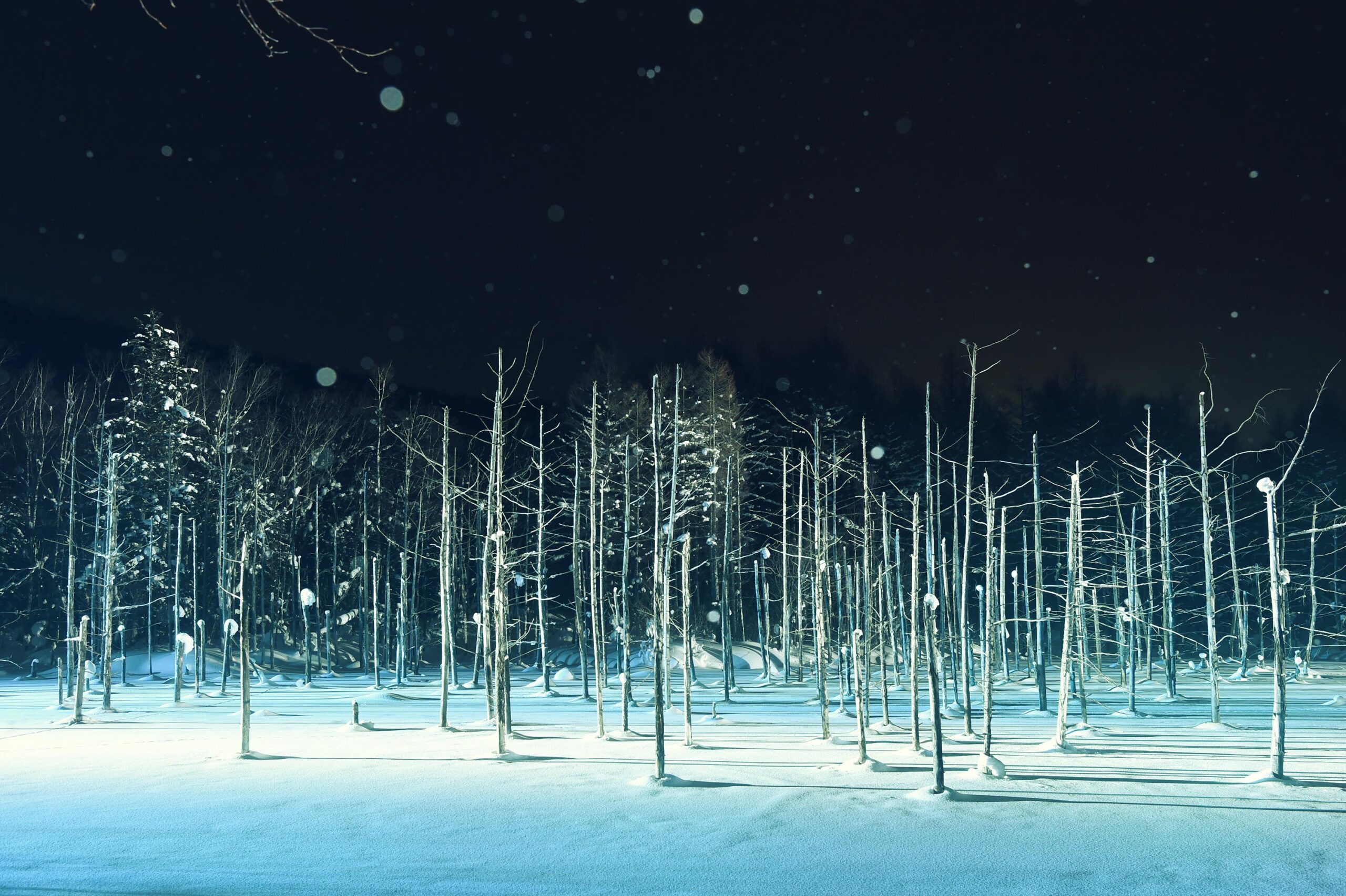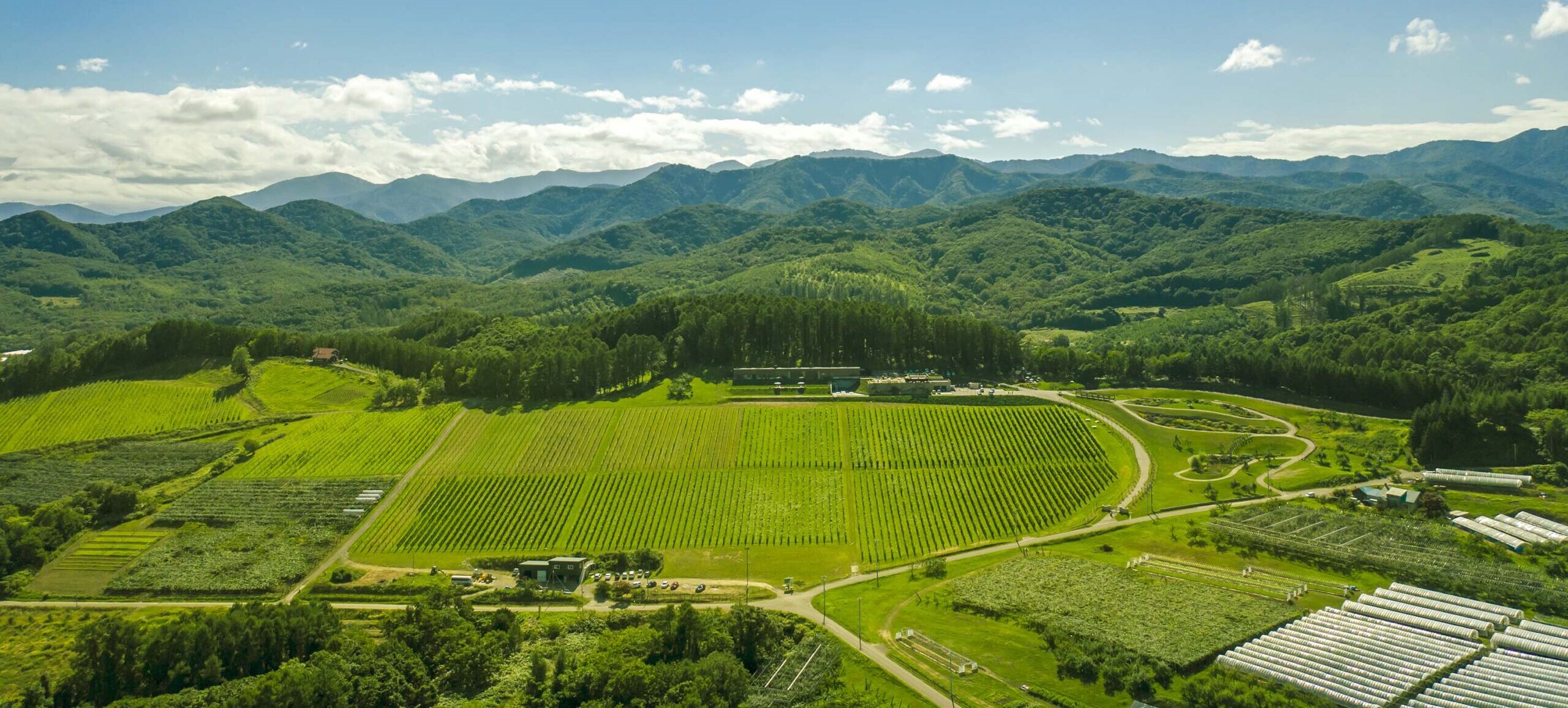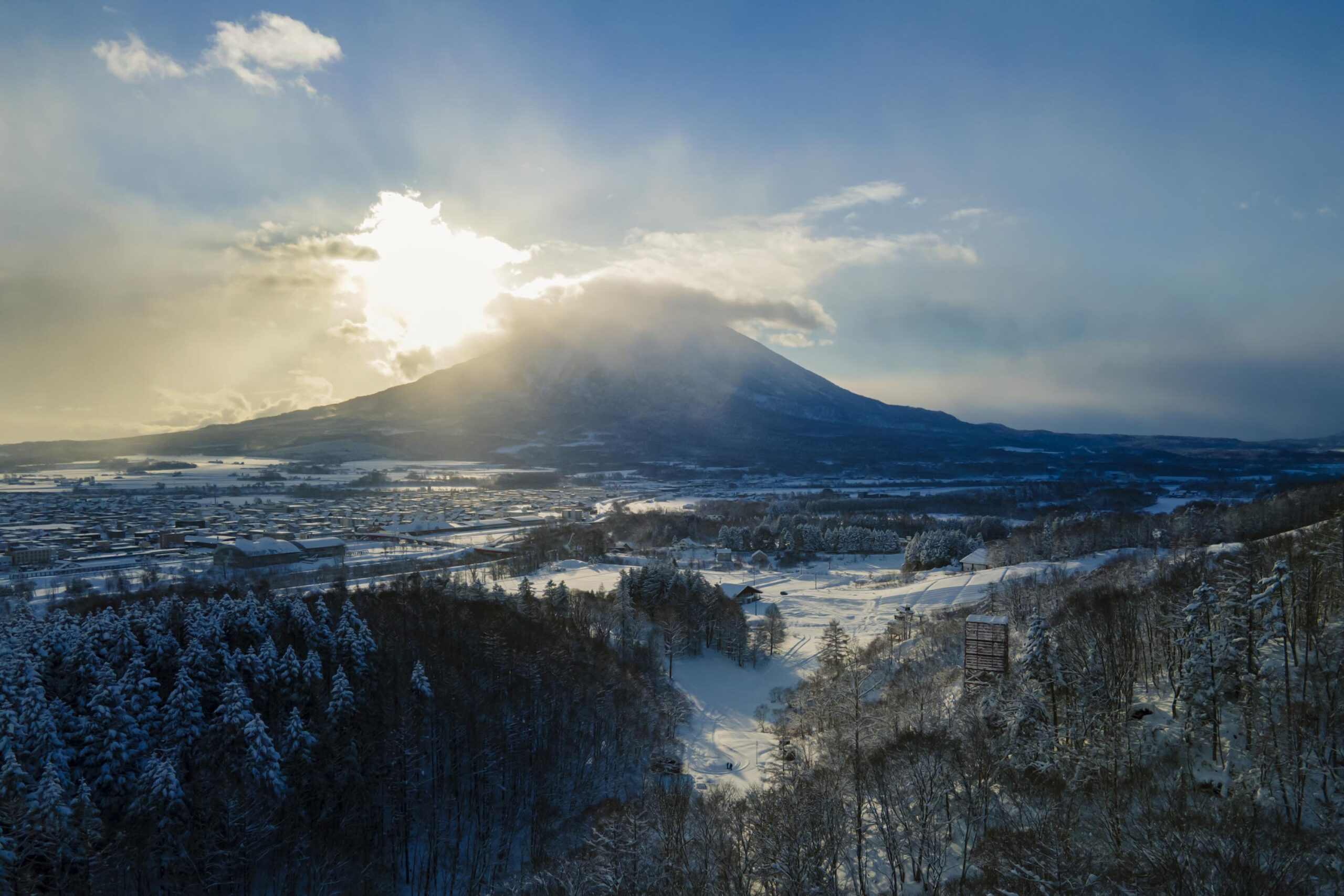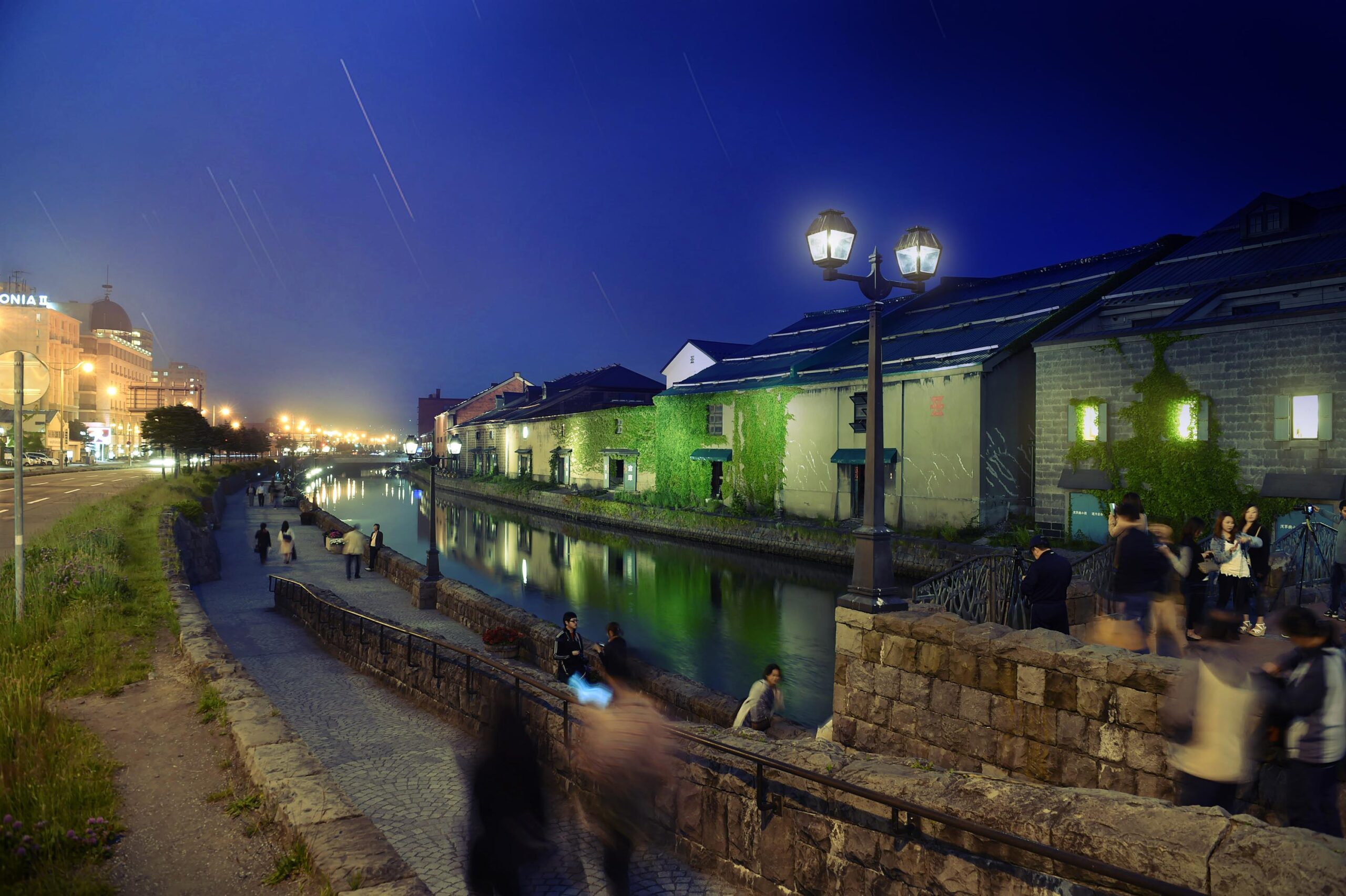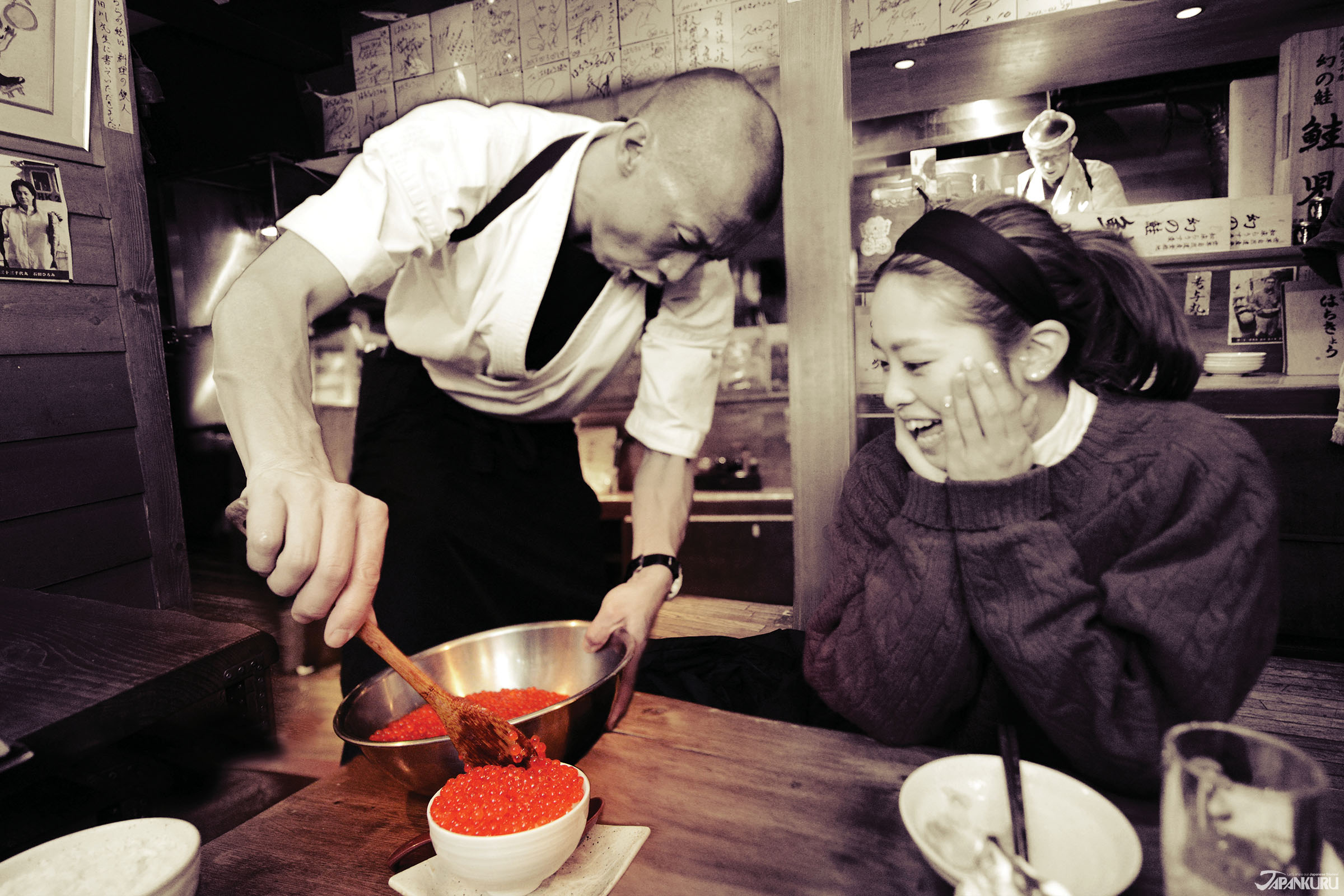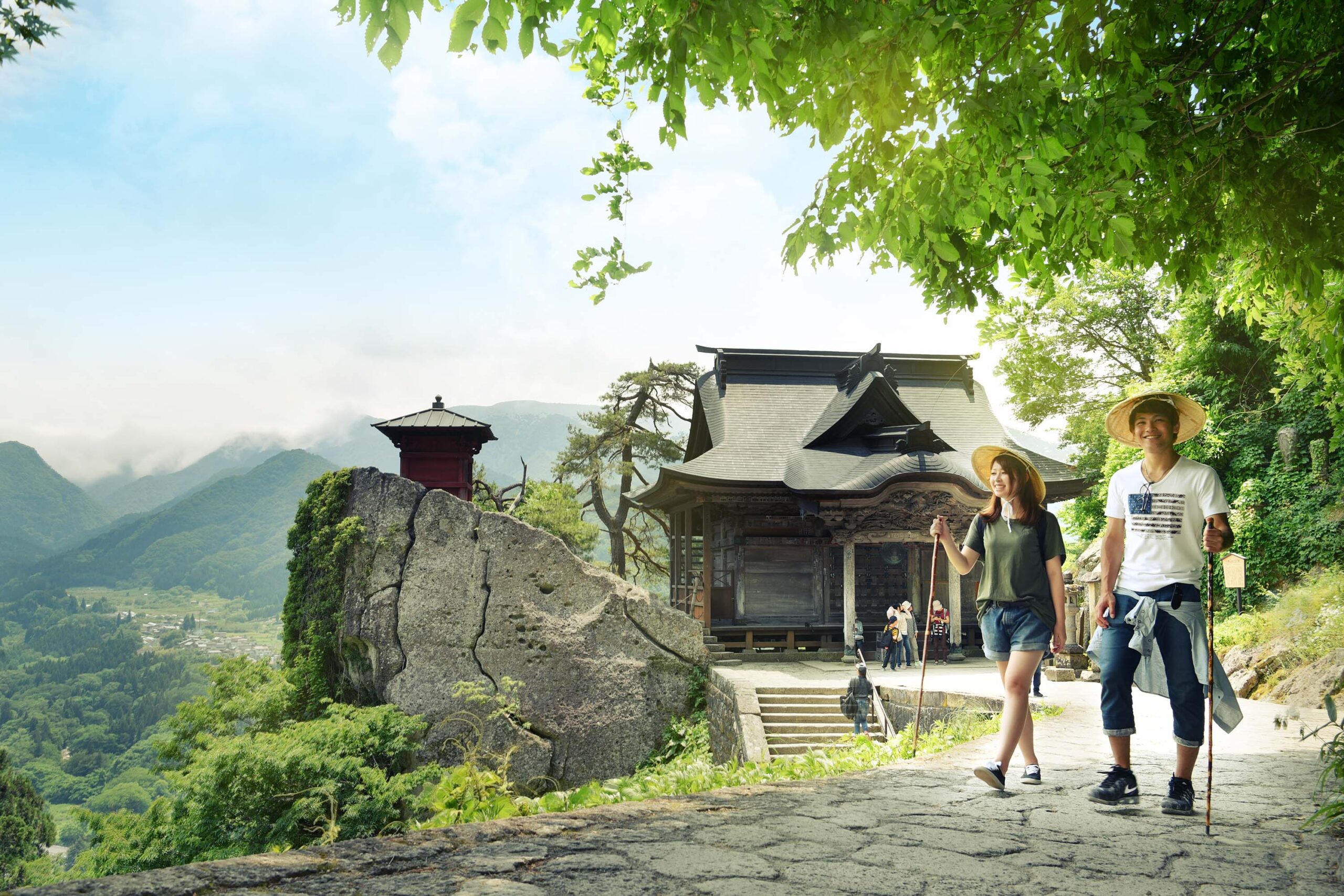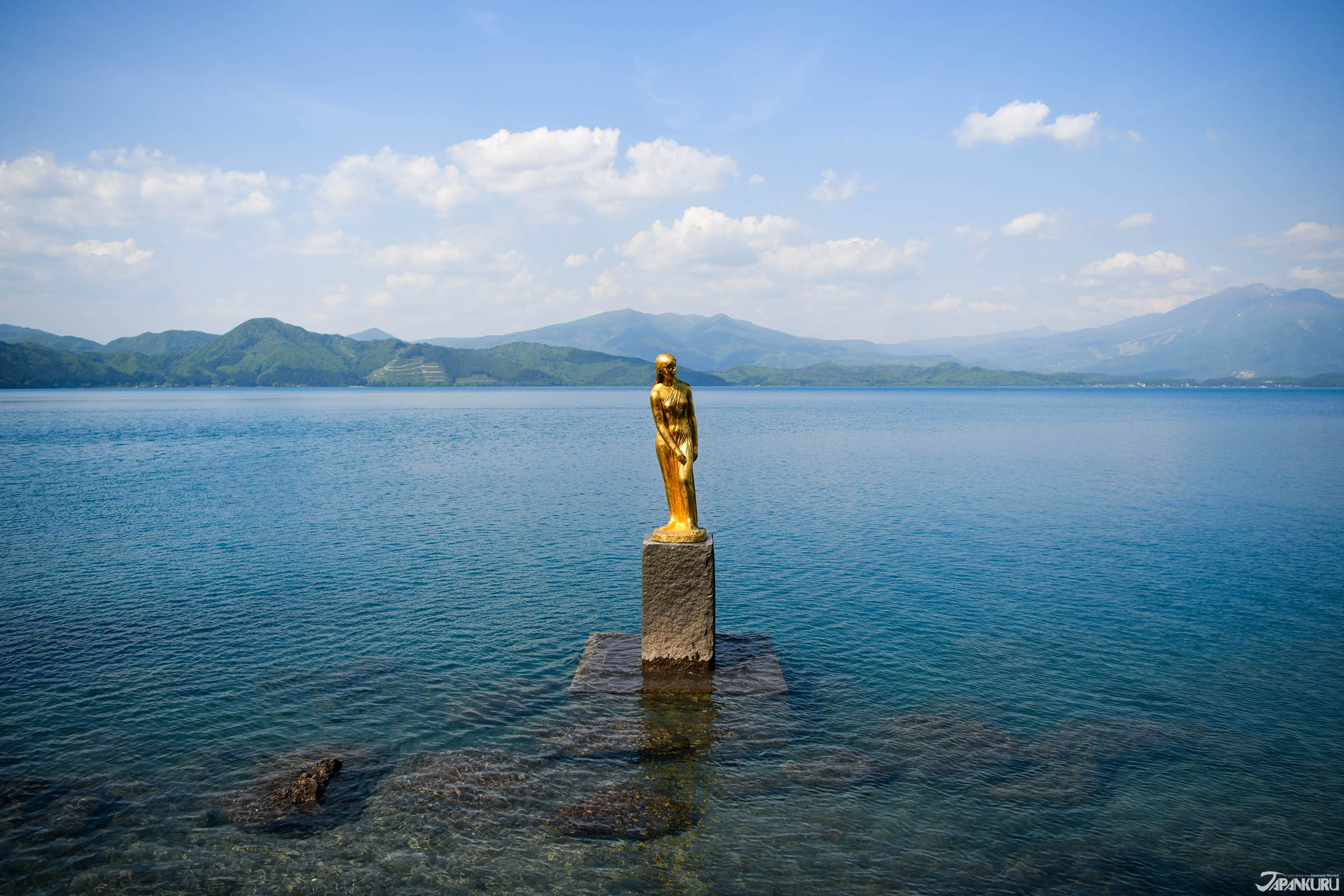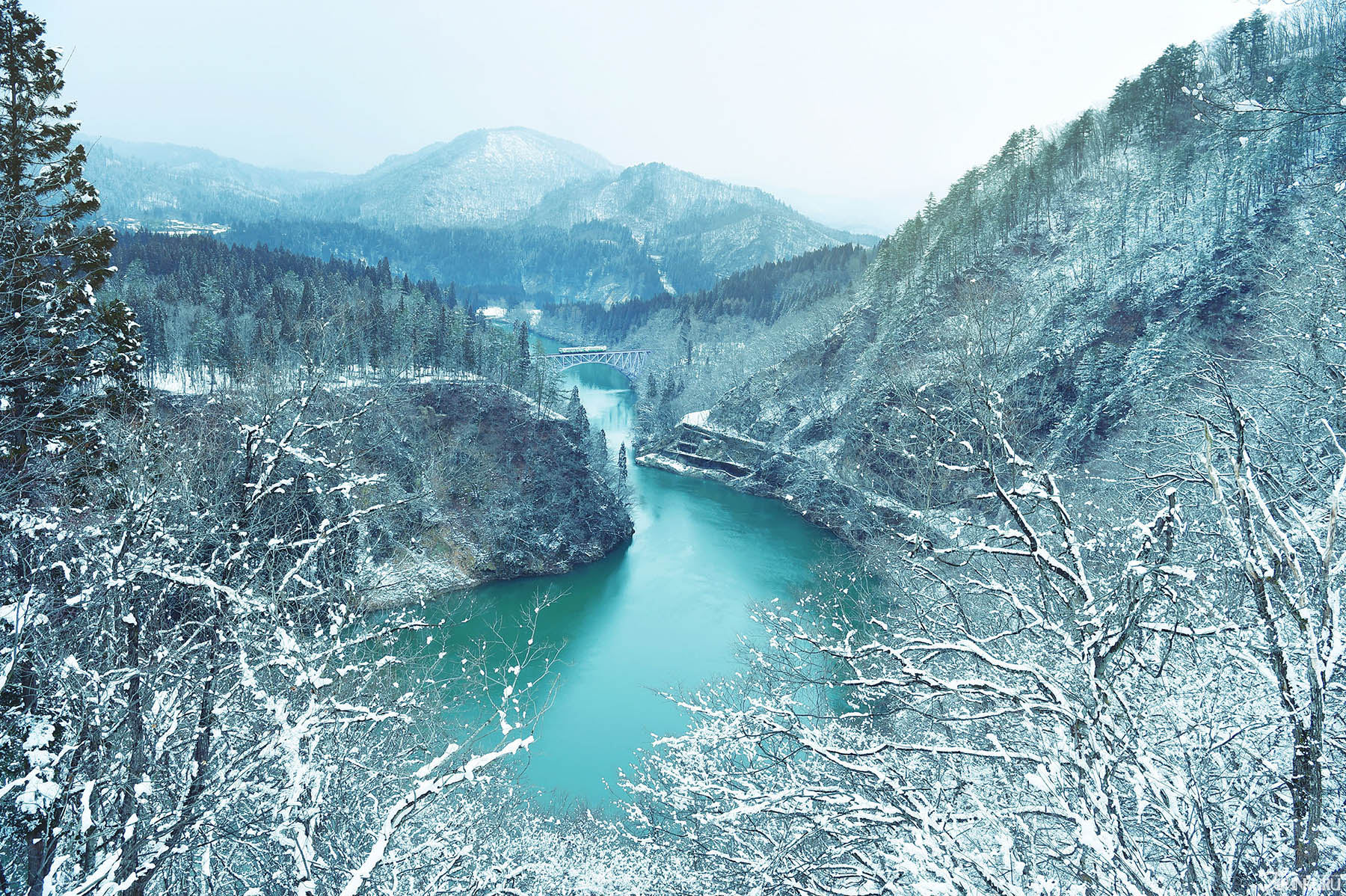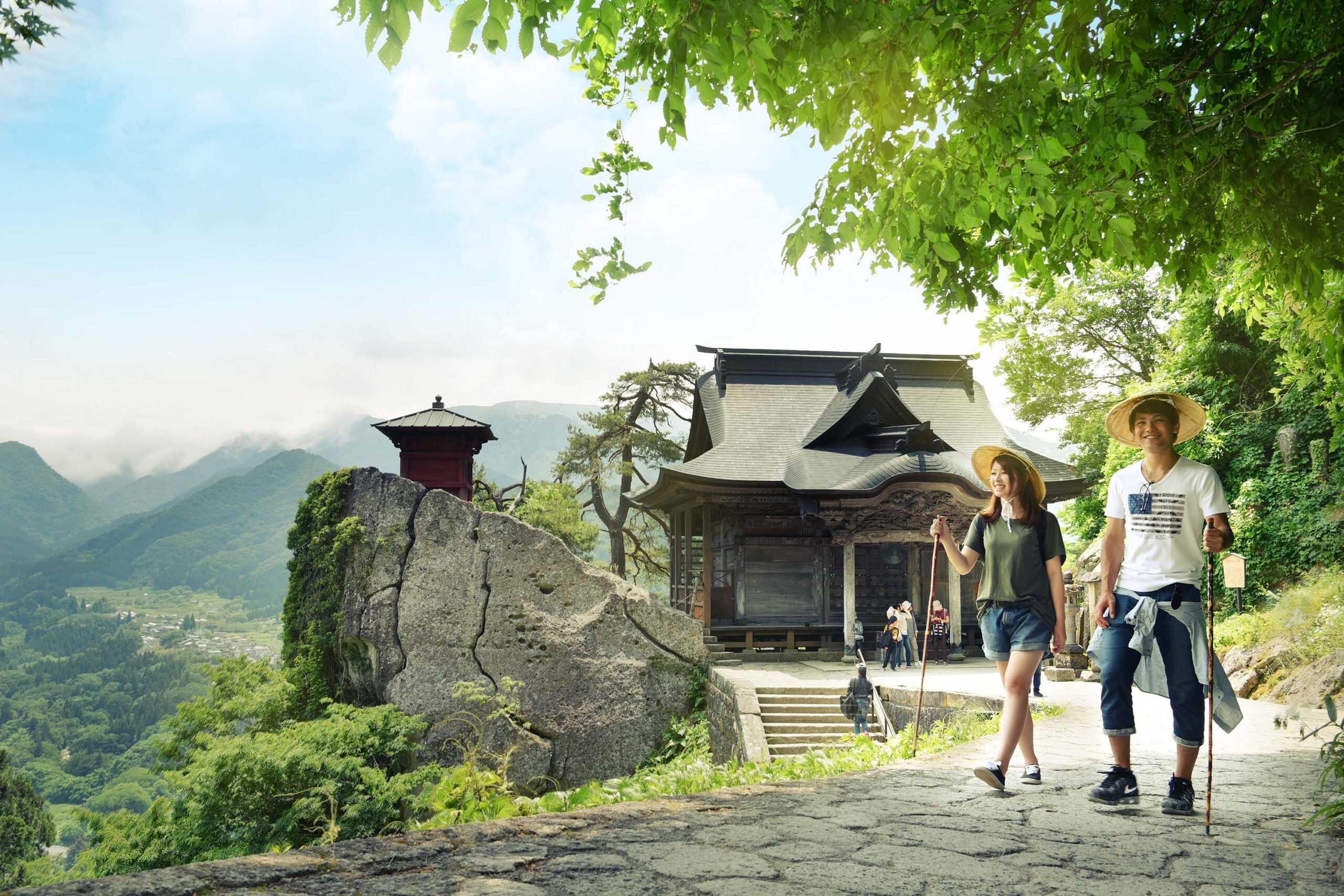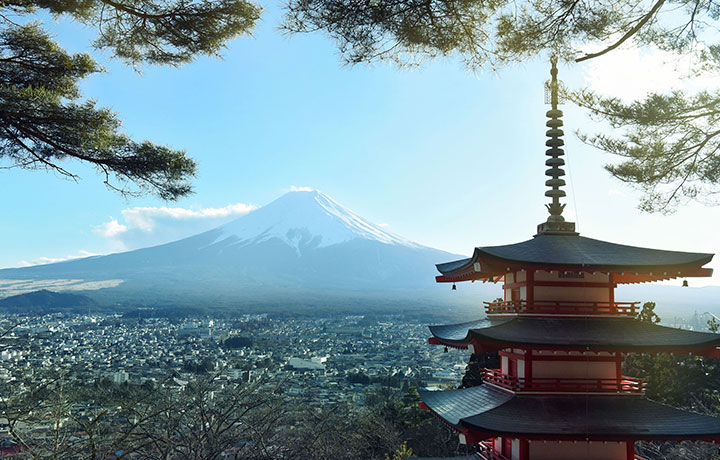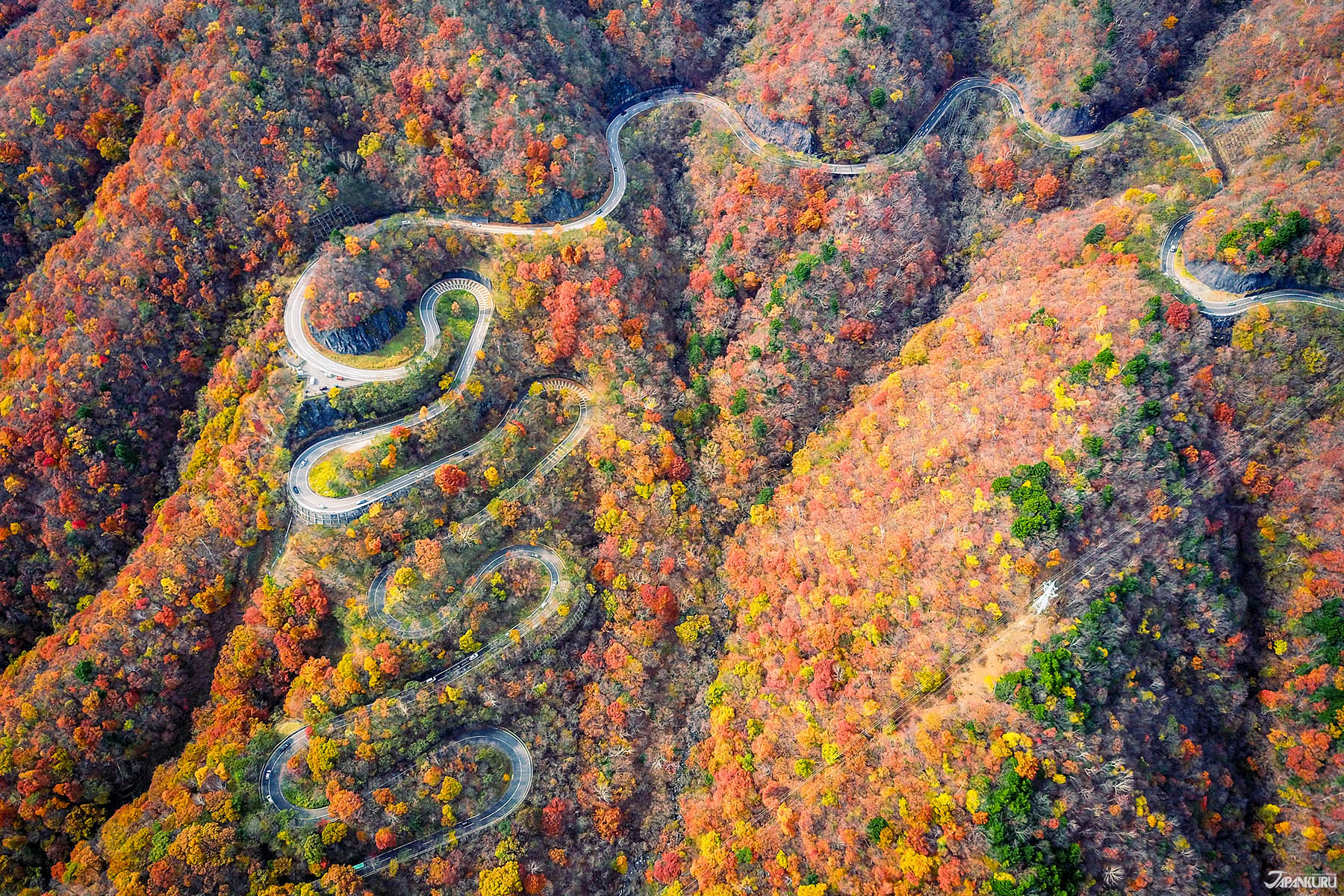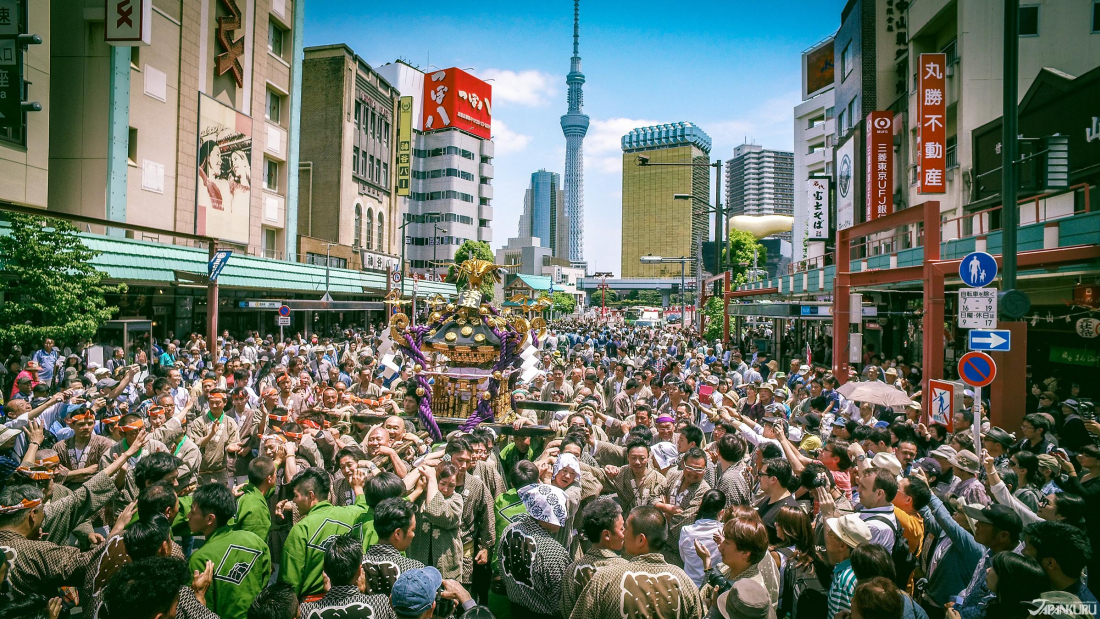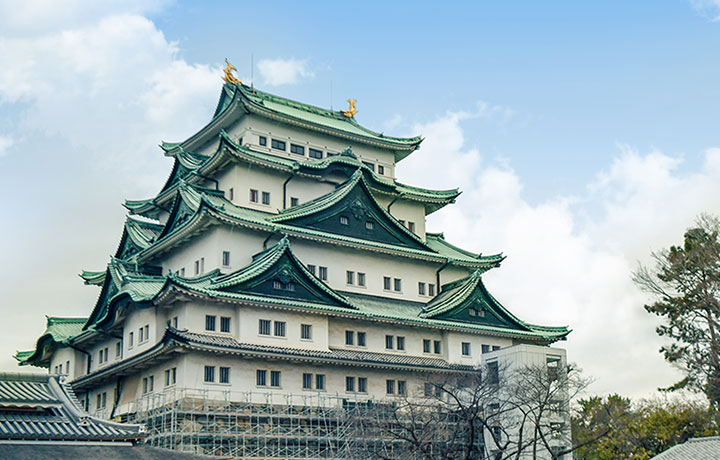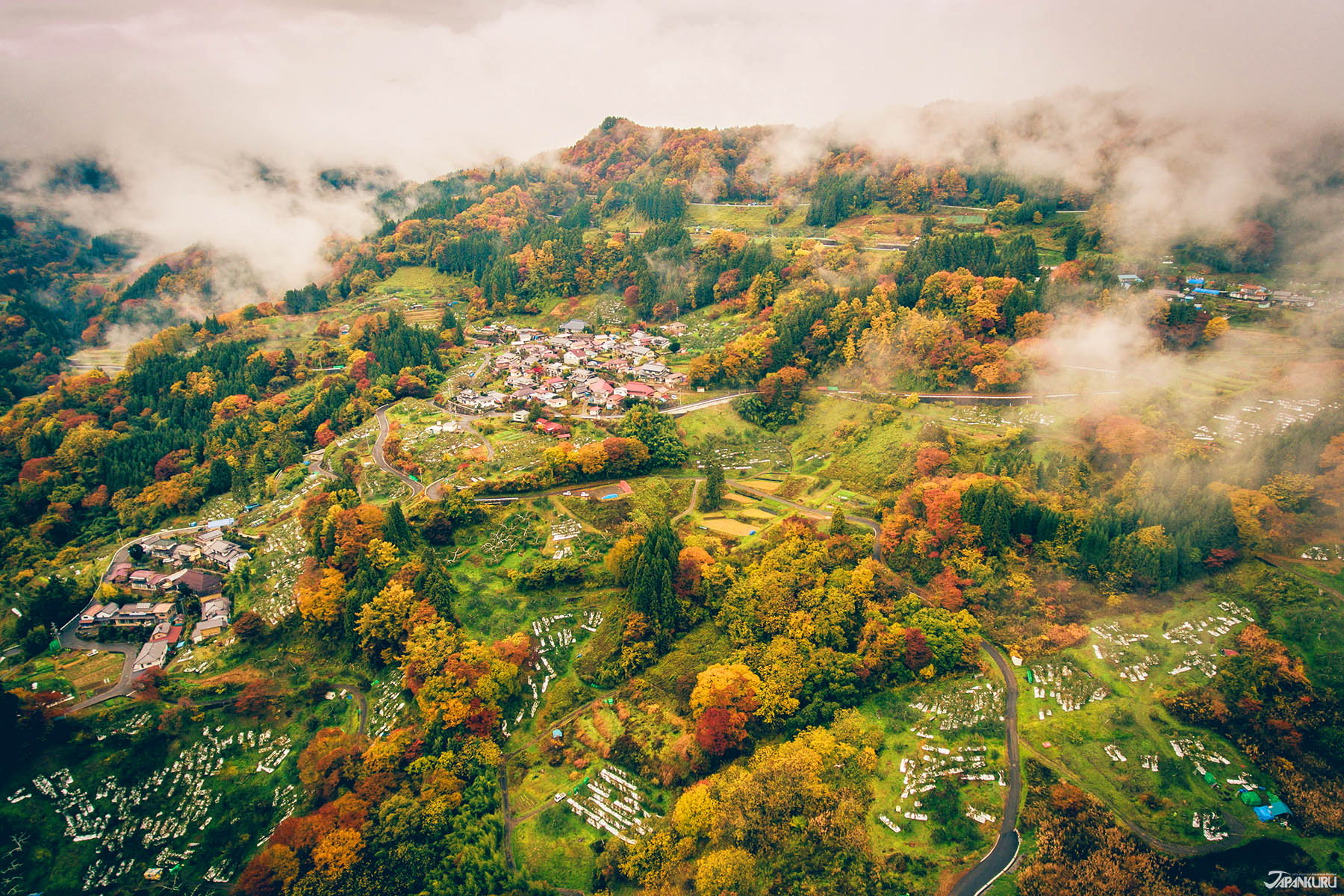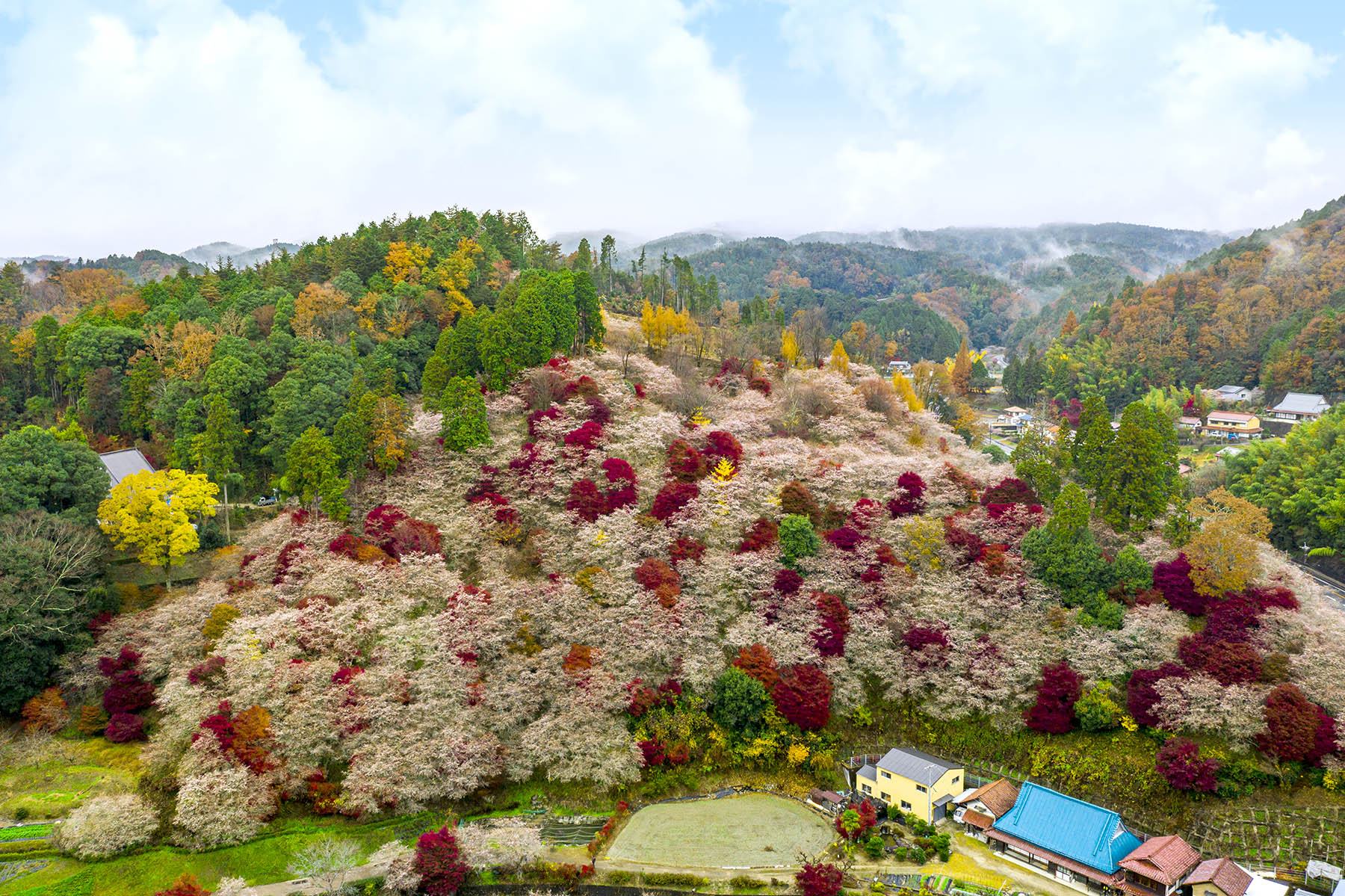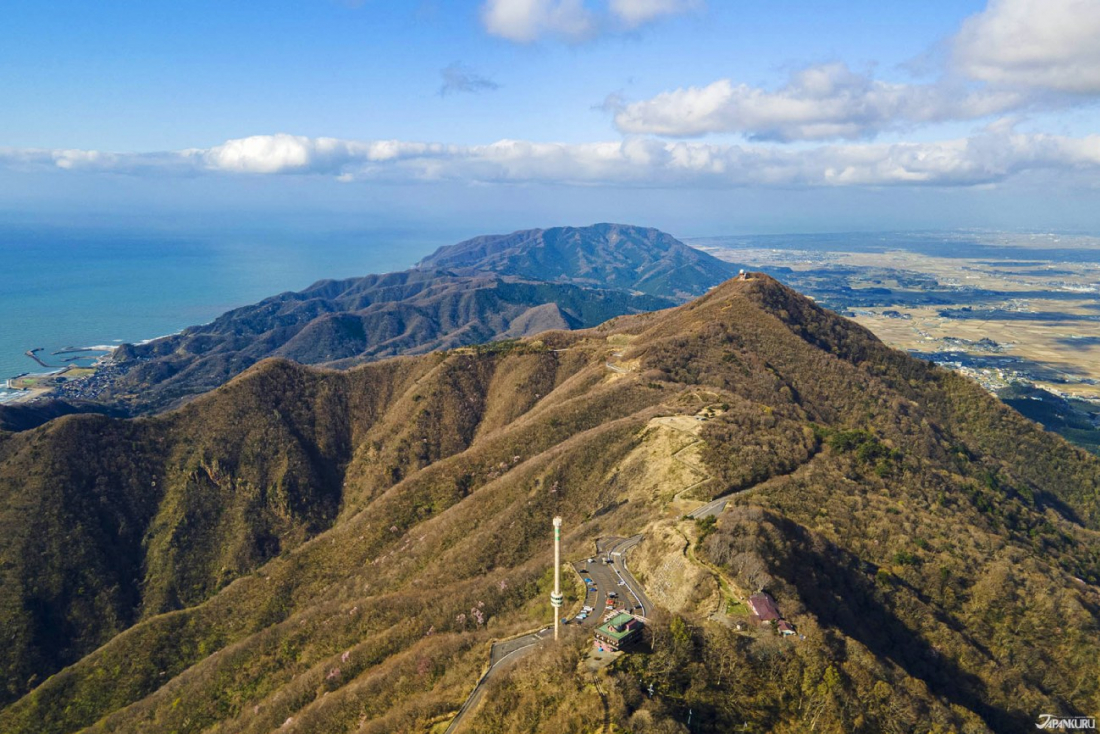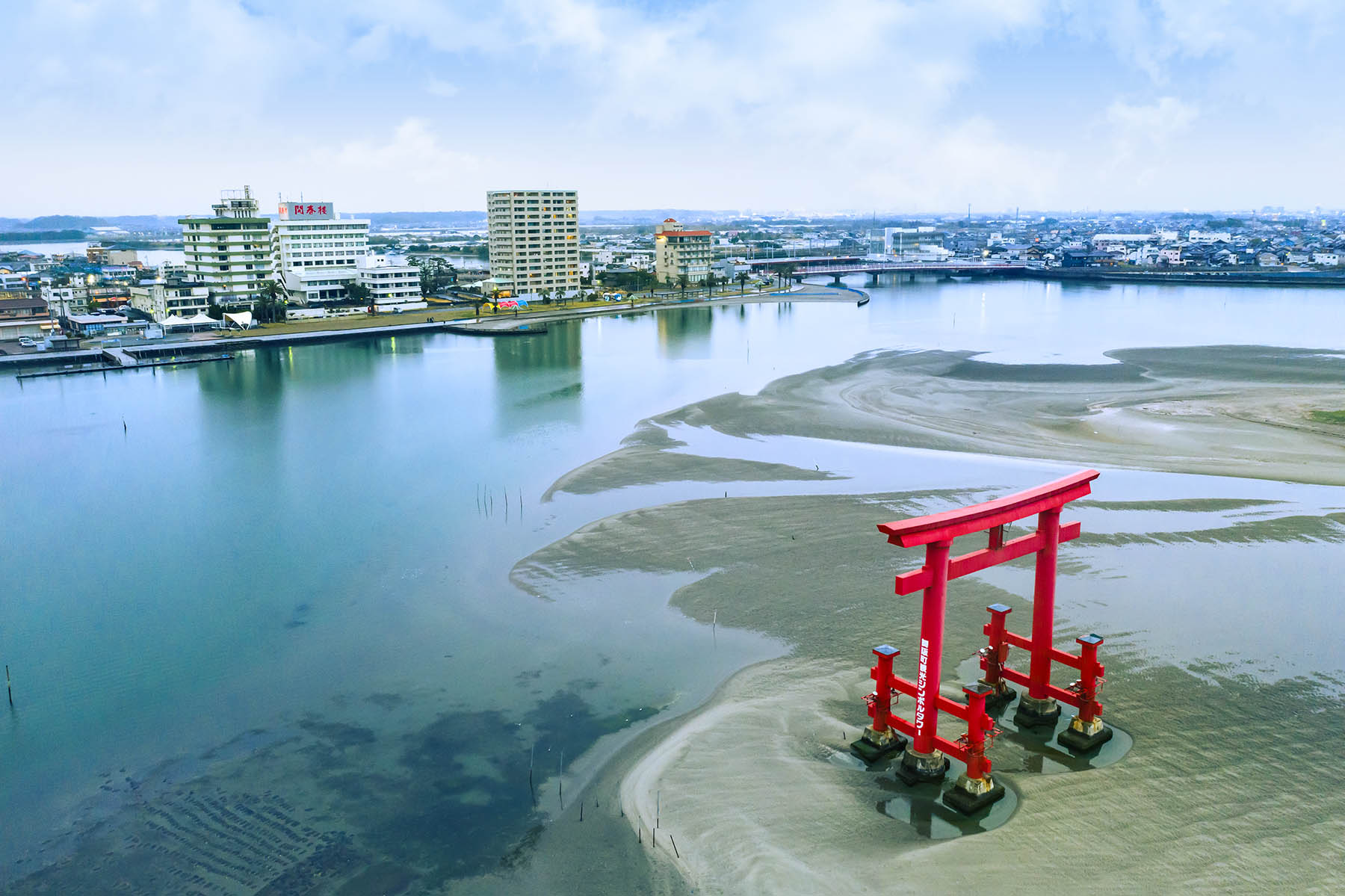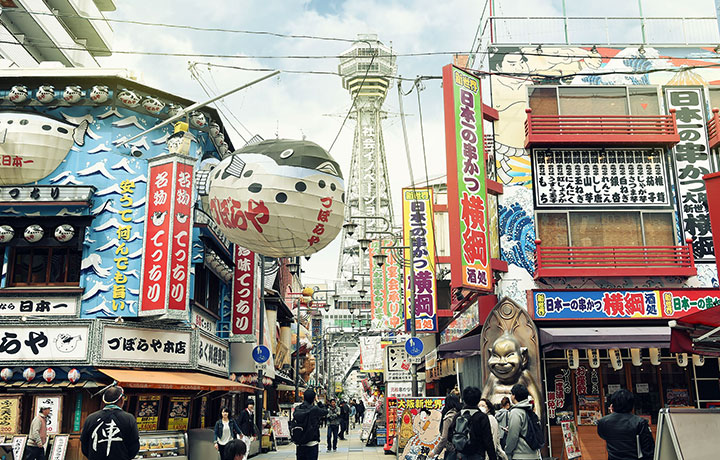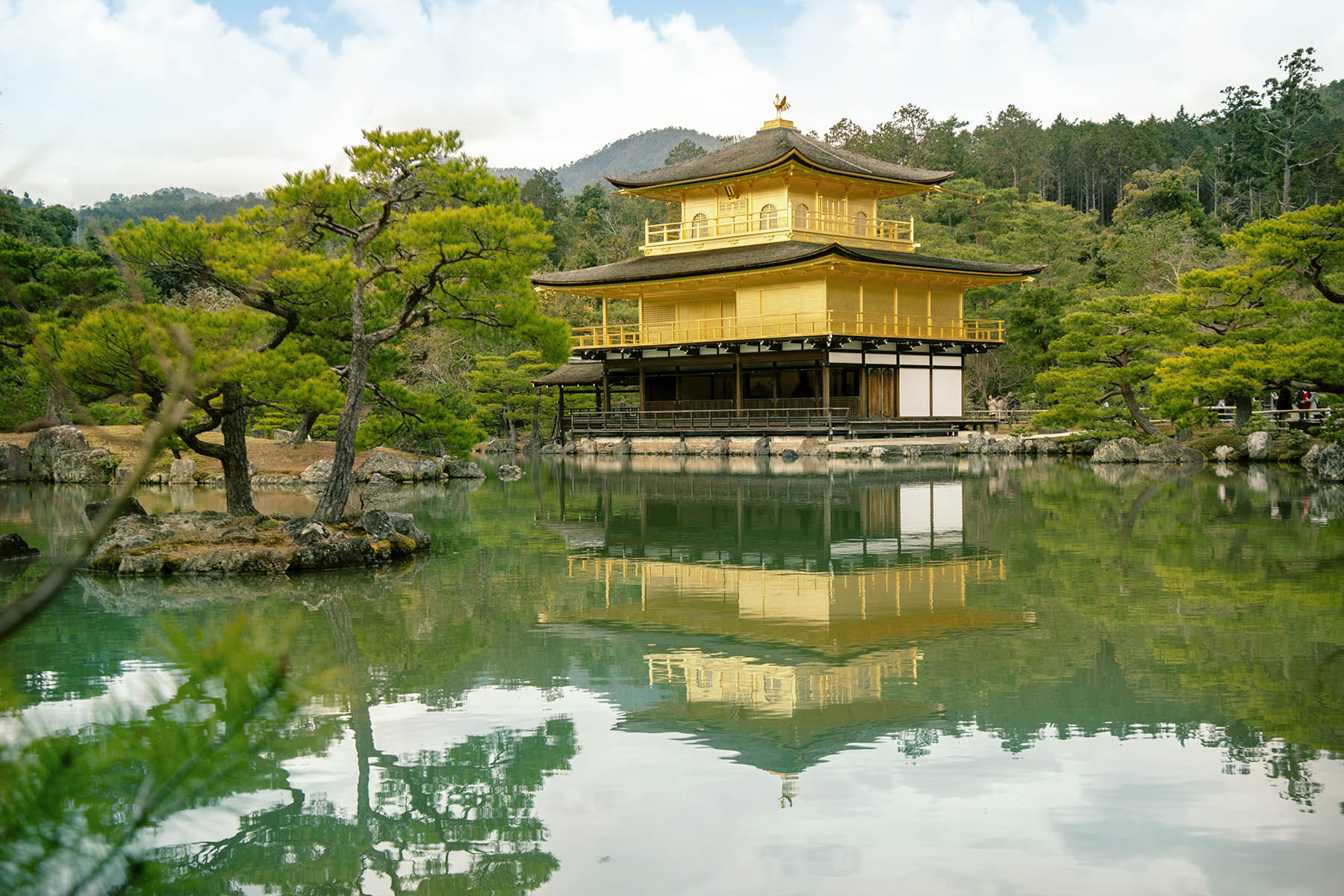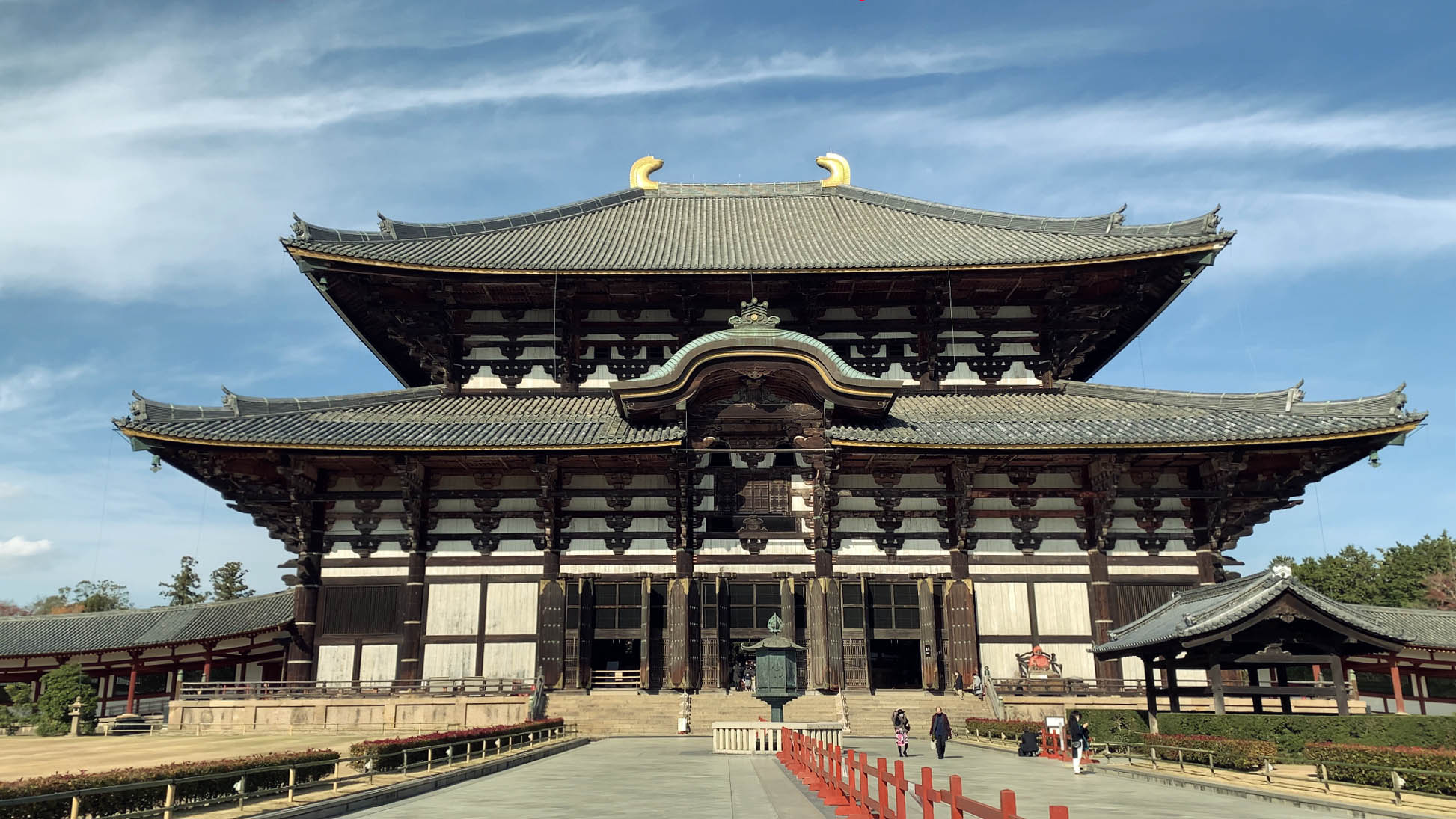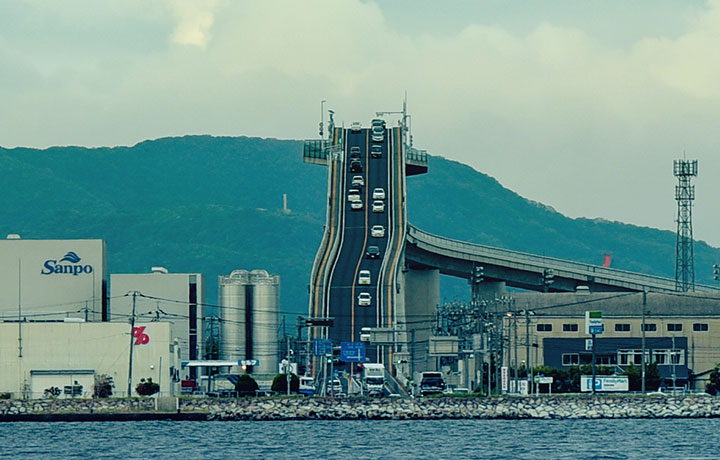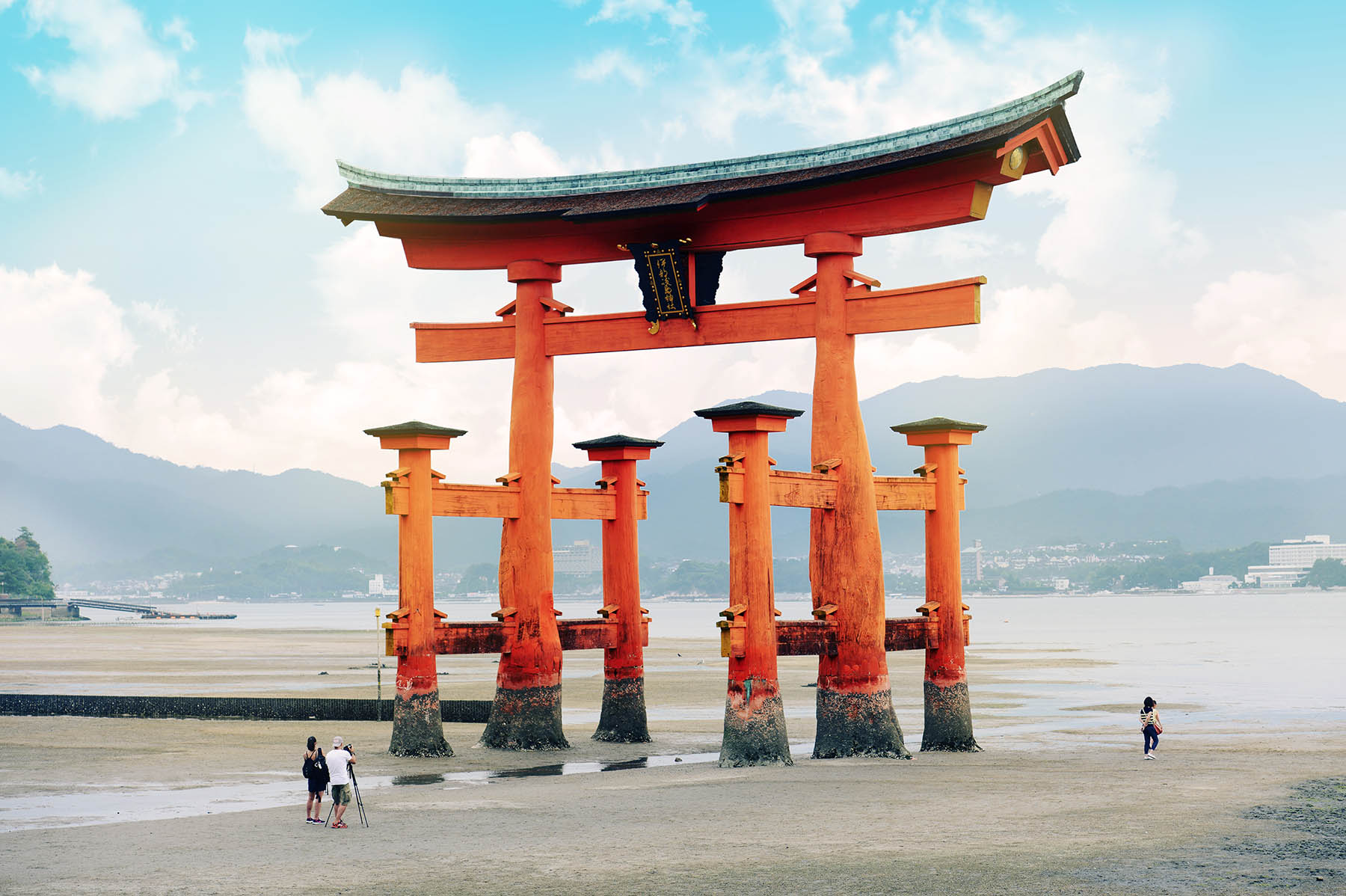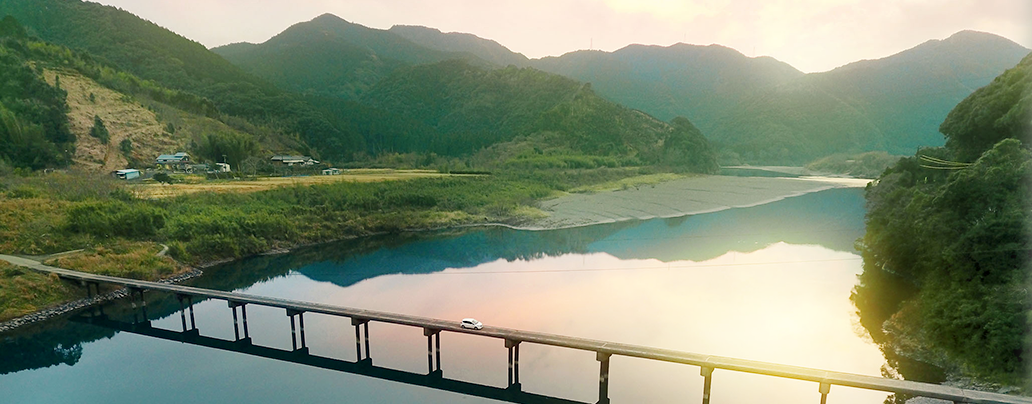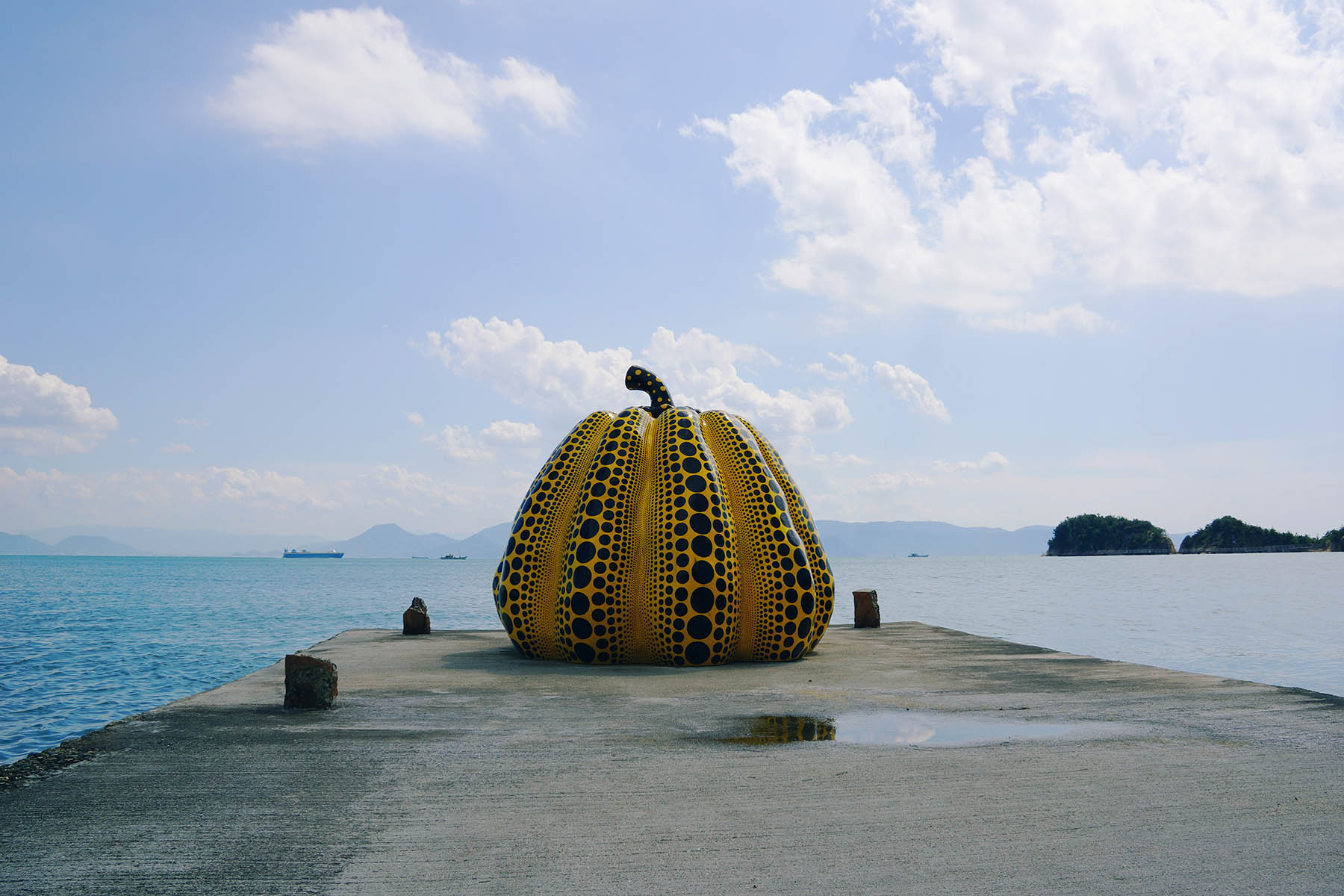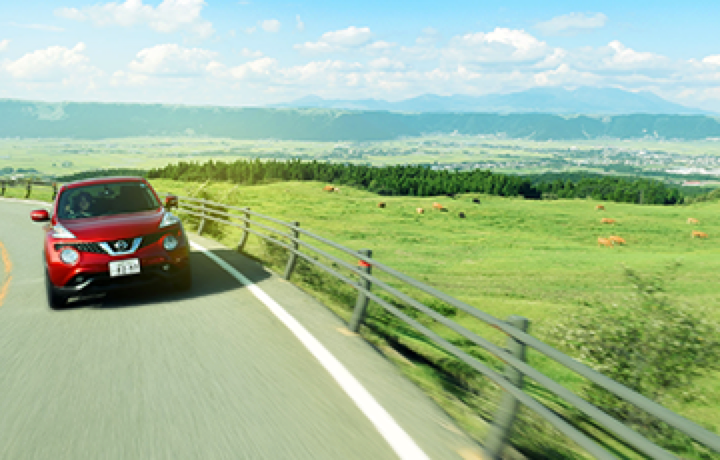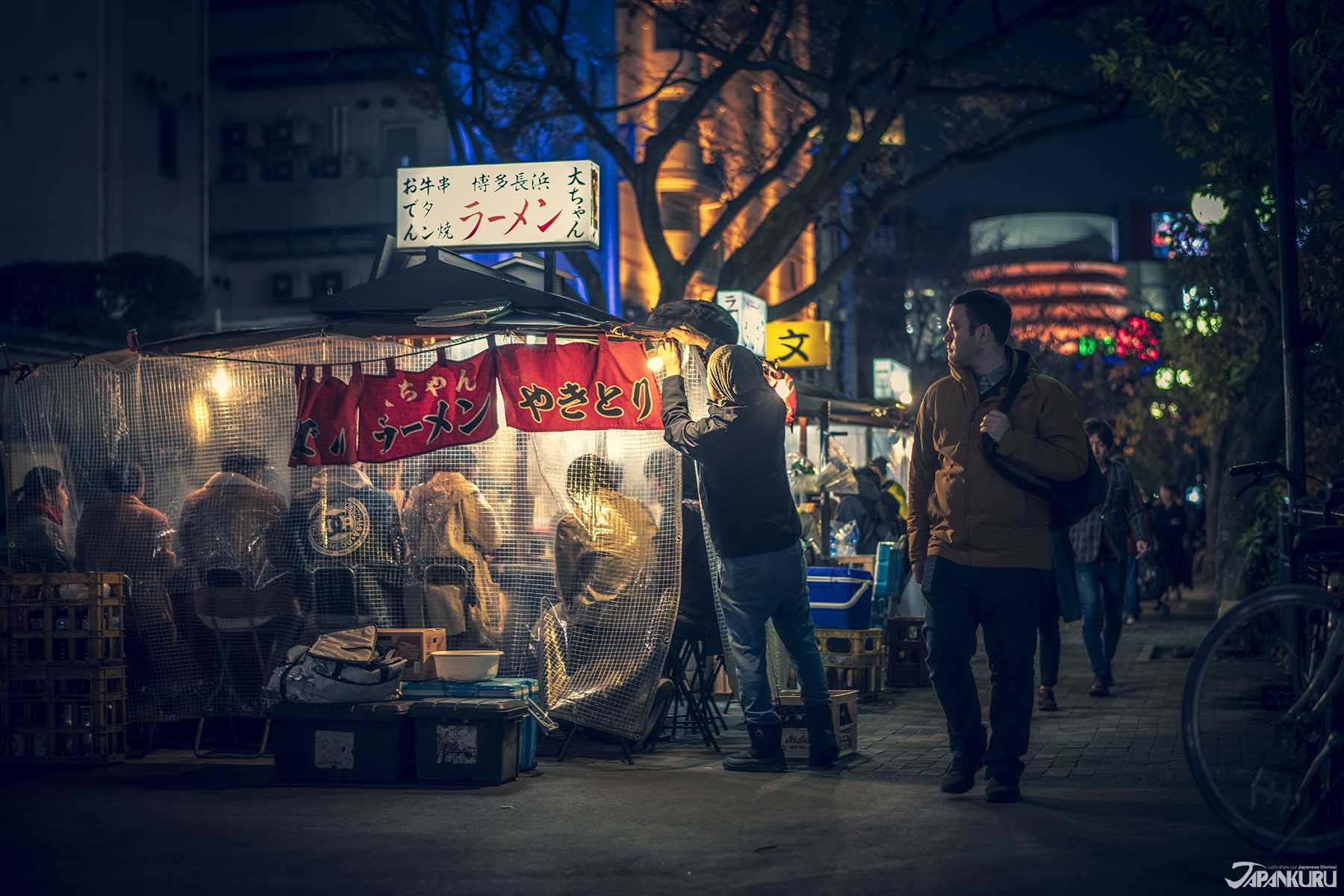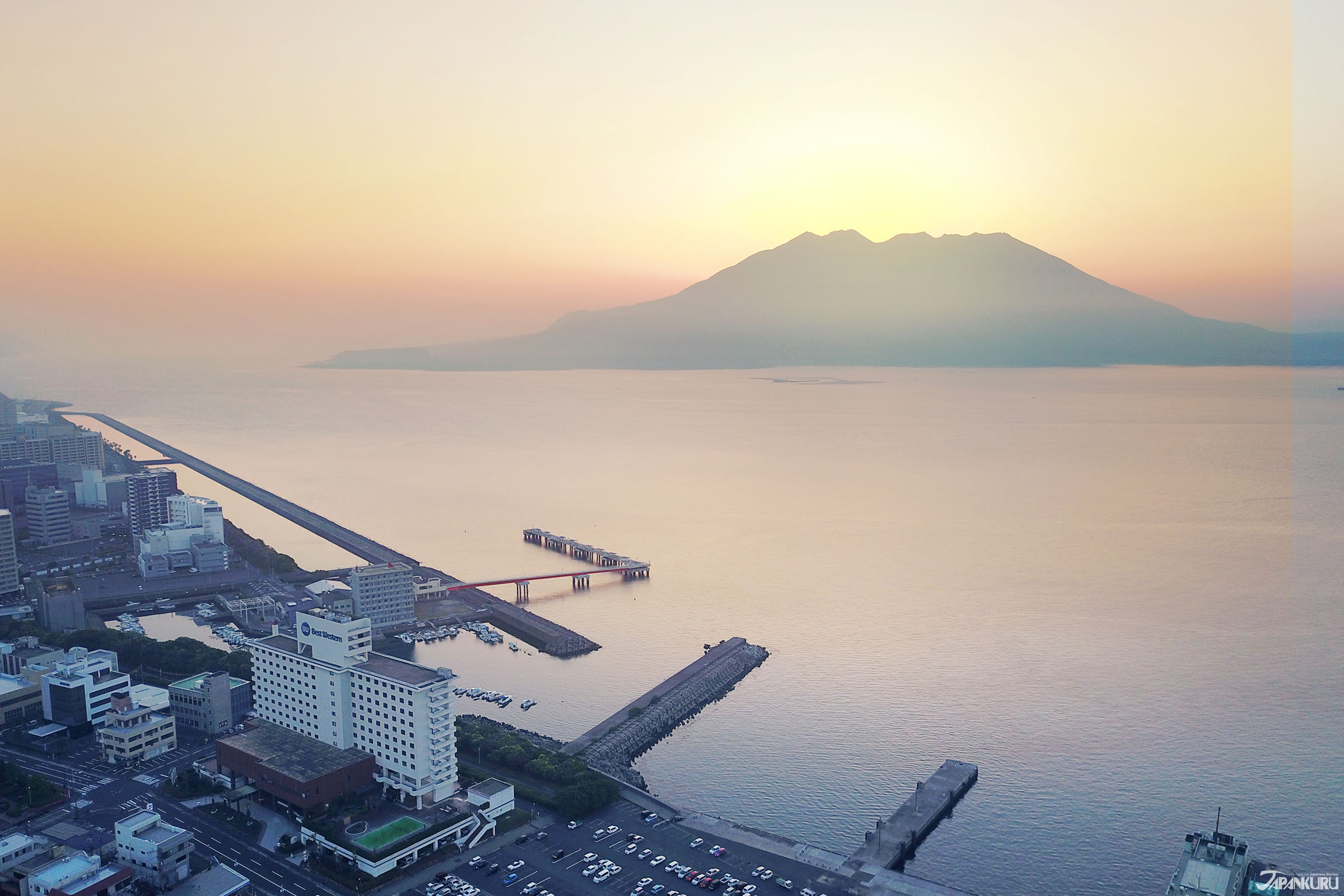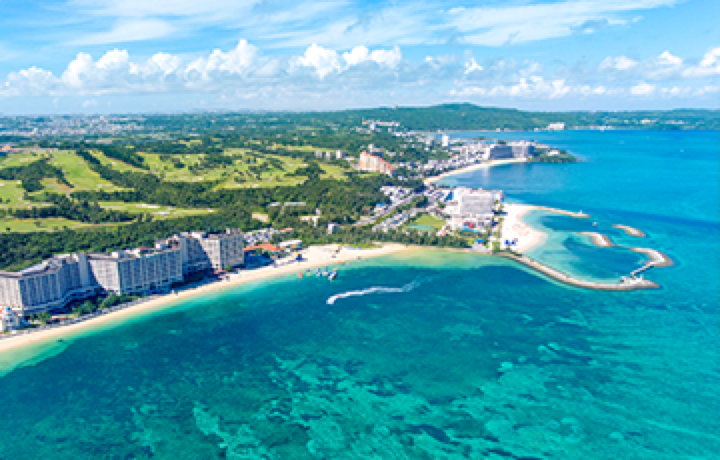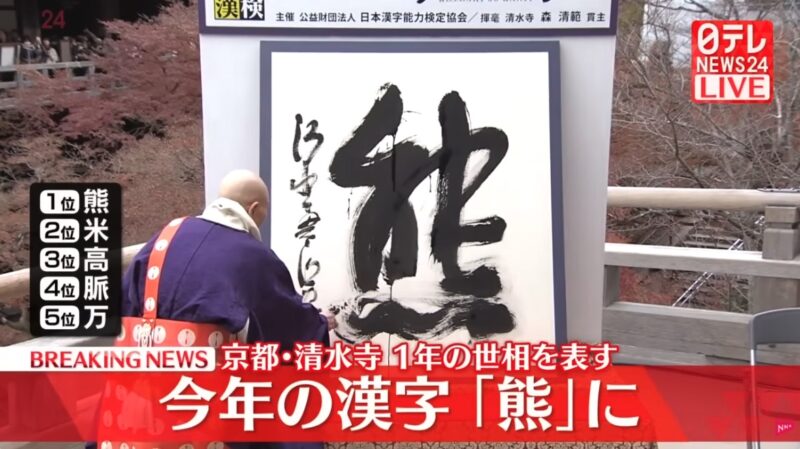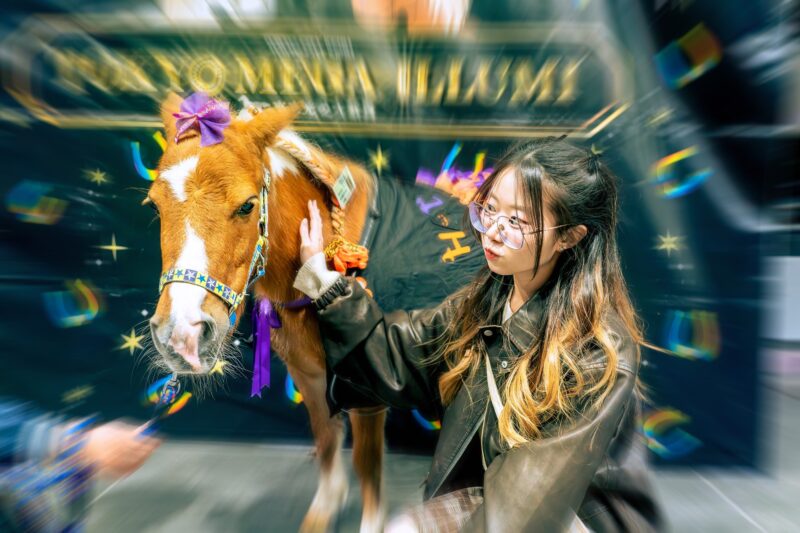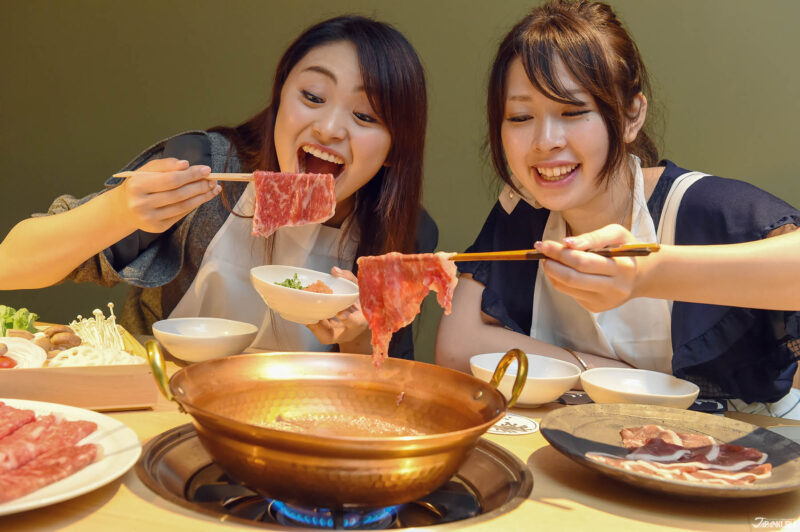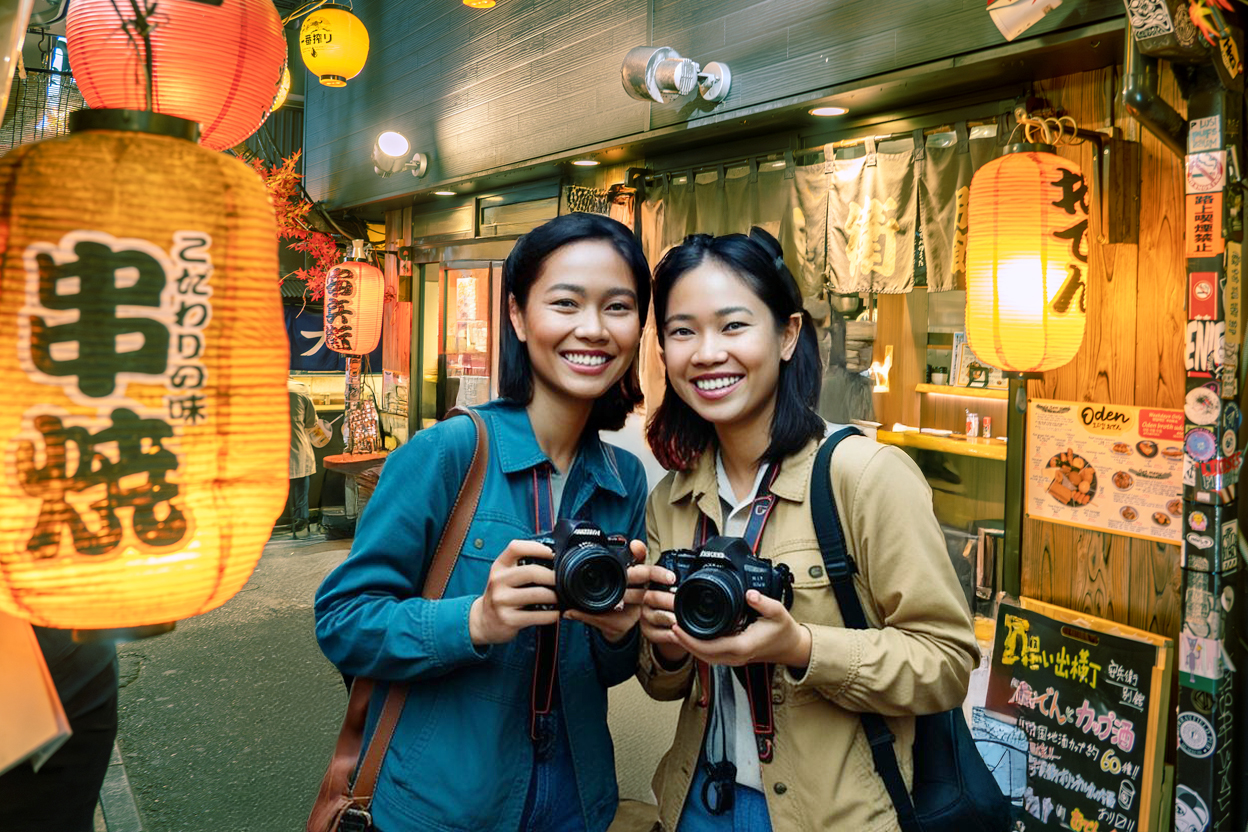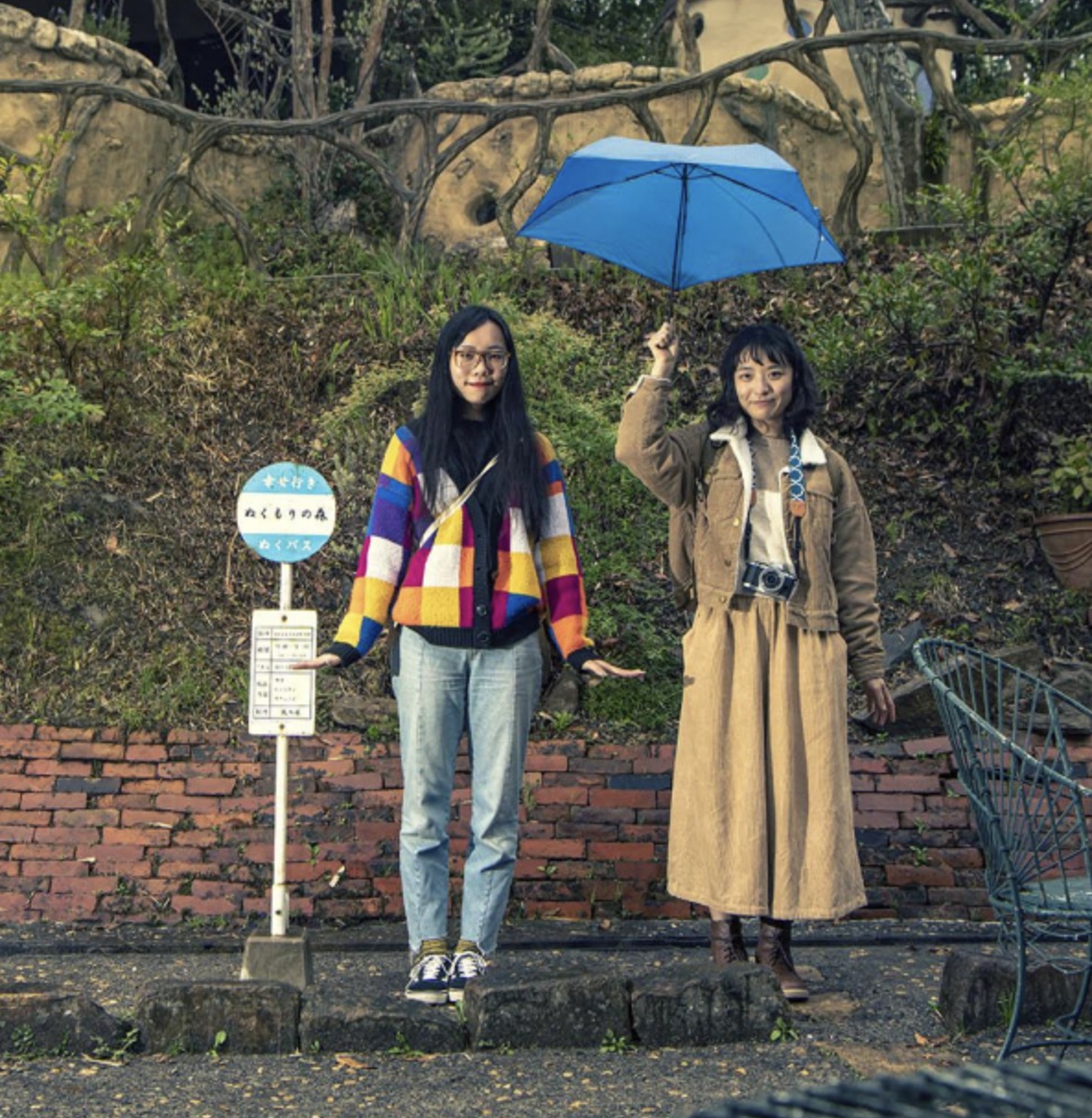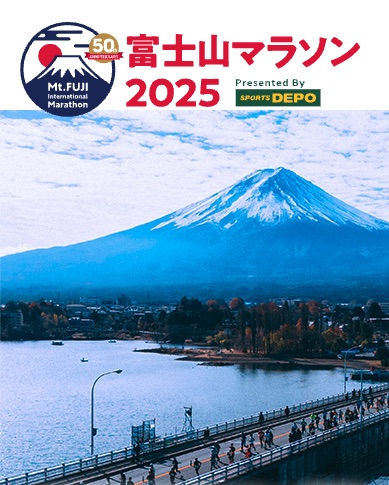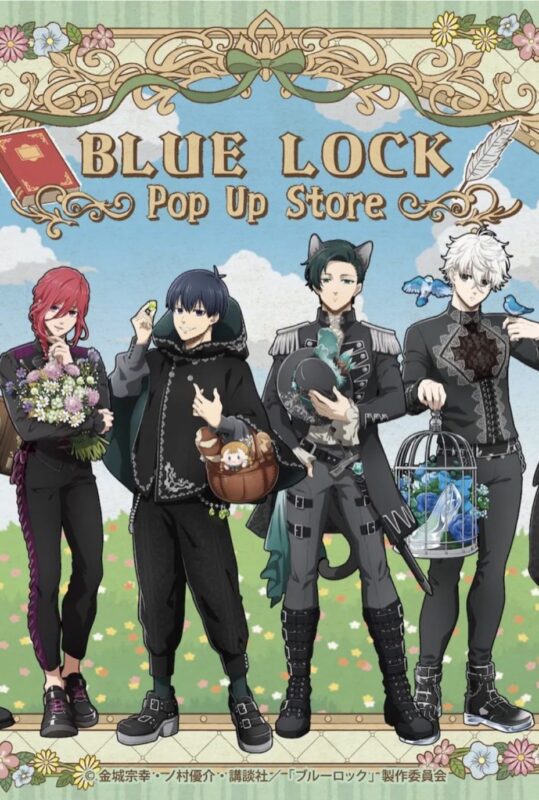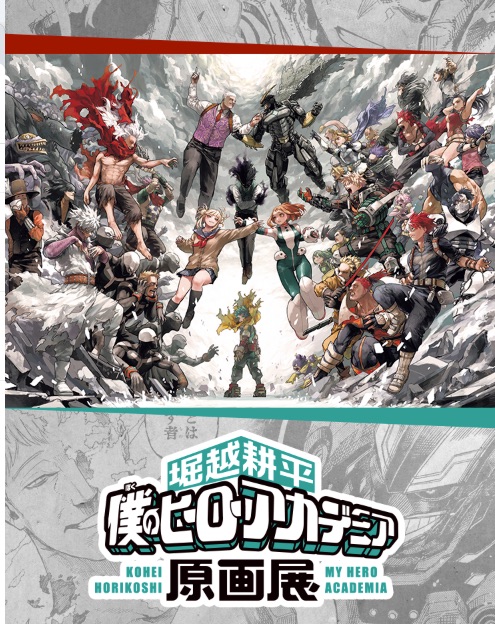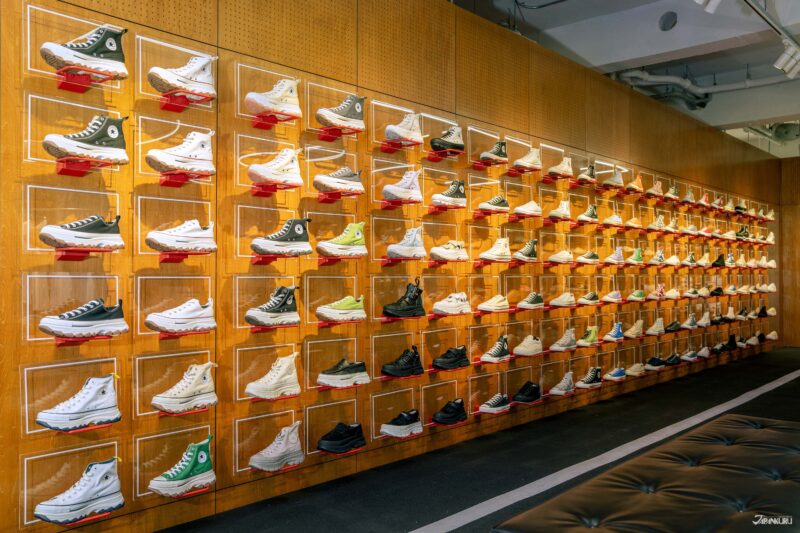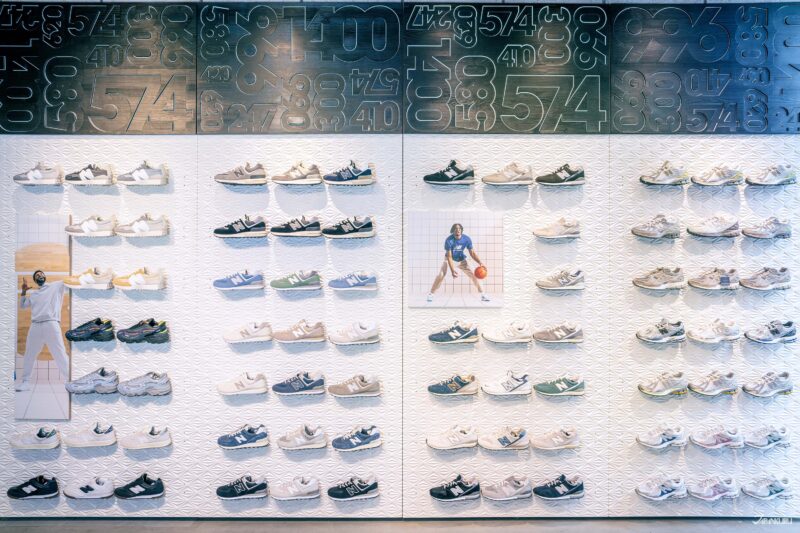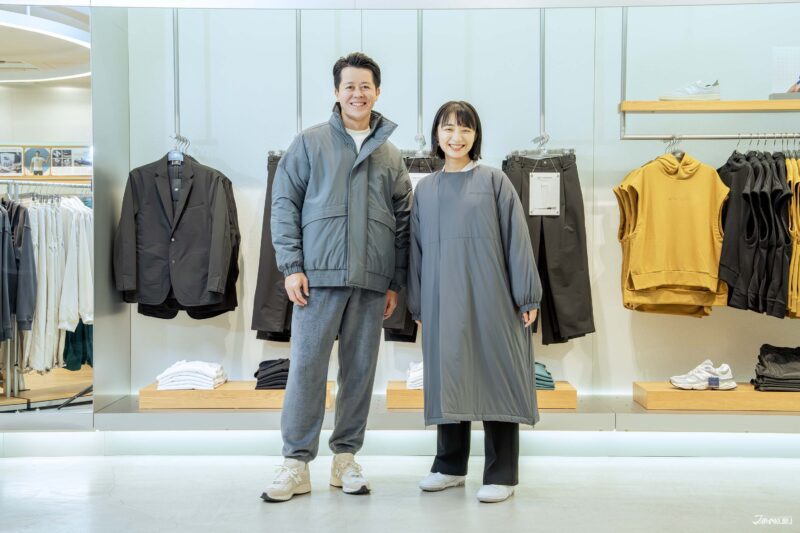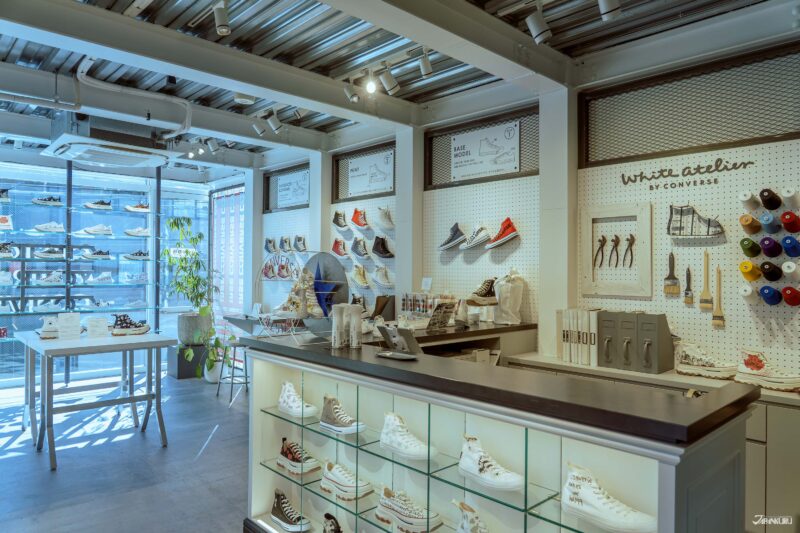
White atelier BY CONVERSE Harajuku: Create Custom Sneakers in Japan to Become an All Star
Looking for the perfect custom souvenir from Tokyo? Head to Harajuku and customize your new Japanese Converse in a whole new way at the White atelier BY CONVERSE concept shop located along the stylish Cat Street!
CONTENTS
Experience the Legacy of Converse in a Whole New Way

Beloved across generations thanks to its classic designs that never go out of style, Converse has transformed over the years from a favorite of top athletes to an icon of modern fashion, and over 100 years later the styles only continue to evolve. These days Converse aims to give wearers the opportunity to express their individuality and style under the slogan “Design Yourself,” and their sneakers are more than just shoes – each pair tells the story of the person who wears them.
The cross-generational appeal of Converse has spread across the world, and in Japan the brand offers a lineup of classic styles and unique products for the local market. The hint of Japanese flair is most visible in Converse’s domestically produced “MADE IN JAPAN” series, which uses high-quality Japanese materials and follows the Japanese tradition of emphasizing seasonal colors and motifs. The Converse selection in Japan isn’t just made for local shoppers – there’s a lot to tempt travelers visiting Japan as well!
Create One-of-a-Kind Converse All Stars
at the White atelier BY CONVERSE Harajuku

White atelier BY CONVERSE Harajuku
HOLON-Ⅲ 6-16-5 Jingumae, Shibuya City, Tokyo
Hours: 12:00 ~ 20:00
Directions: about 10 min on foot from JR Harajuku Station (walk towards Shibuya along Cat Street), or a 5~7 min walk from Exit 7 of Meiji-Jingumae Station
Official Website (jp)
If you’re looking for a unique shoe that shows off your own signature style, the White atelier BY CONVERSE in Harajuku, Tokyo is the place to go to create your own personalized Converse sneakers!. The term “atelier” comes from the French word for “studio” or “workshop,” and the store embodies Converse’s slogan “Design Yourself,” offering a creative space where you can express your own distinct style.



The first floor of the shop features an array of products only available in Japan, including versions of Converse’s most popular sneaker models. Highlights include the eye-catching ONE STAR J SUEDE, a model from the MADE IN JAPAN Series featuring a vibrant suede upper, as well as some stylish and sophisticated loafer designs, and even a number of limited-edition collab products. To make each pair work for your feet (and your style), they also have a selection of shoelaces, socks, insoles, and even shoe care products!

Up on the second floor is where you’ll find the bright, white-painted walls of the Converse customization space! Here, you can choose from a variety of patterns for different parts of the shoe before adding names, dates, or other personal touches to your new All Stars. You can also explore the selection of additional options, like shoelaces and charms, to create a truly unique pair of sneakers. Head to Harajuku, design your own original sneakers at the White atelier BY CONVERSE, and you can walk the streets of Tokyo in a totally unique pair of shoes, owned by you and nobody else!
A Renovated & Refreshed Custom Shoe Experience in Tokyo
The White atelier BY CONVERSE Harajuku opened in 2015 as Japan’s first direct-managed Converse store, offering a wide range of products along with customization services. But in November 2024 the store was renovated and overhauled, dedicating the 2nd floor to the customization experience, and broadly expanding customization options in the process. In addition to the exclusive all-white All-Star base model offered since the shop’s opening, the new base model lineup now includes the standard CANVAS ALL STAR as well as All Stars with extra thick soles. Converse lovers now have even more options to create their own original pair!

Design Your Custom Sneakers in Japan in 3 Easy Steps
It takes just three simple steps to design a totally original pair of Converse sneakers at the White atelier!
Step ① Choose Your Base Model and Size

Start by selecting your favorite Converse sneaker to customize! The current lineup includes six basic models: the CANVAS ALL STAR HI or OX (6,380 yen), the All-White ALL STAR Ⓡ HI or OX (8,250 yen), and the ALL STAR Ⓡ TREKWAVE HI (14,850 yen) or OX (14,300 yen). If you’re not entirely sure about your shoe size, there are sample pairs you to try, so staff can help you find the perfect fit!
*All prices include sales tax.
Step ② Pick Out Your Own Design With the Customization Options


Once you’ve chosen your model and size, the next step is the designs, and it’s easy to find something you like thanks to the catalogs showcasing different designs by base model color. Some of the more popular options include starry patterns with that classic Converse flair, as well as the many exclusive collaboration prints designed in collaboration with artists of all kinds.

If you’re not sure where to start, just look at the many different samples lined up on the walls for a little inspiration.

The outer upper (on both sides of the foot) and the shoe’s tongue can be customized, so between the left and right shoe, there are six different sections where you can mix and match a variety of patterns to create a unique design. Once you’ve settled on the exact combination of your dreams, let the staff know, and they’ll note your design on a special order form.
Prices depend on the level of customization: custom uppers are 2,200 yen per side, or 4,400 yen for double-printed layered designs. Tongue customization is 2,200 yen per shoe.
*Some colors may not be printable on certain shoe colors, so check with the staff to be sure!
Step ③ Confirm Your Design, Then Print!
Finally, the last step is to review your design with the shop staff. Once everything has been confirmed, the staff will place the sneakers in the printer to bring your original design to life. Walk out proudly in your very own customized sneakers!
Experience the Fun of Seeing Your Design Choices Become Real


One of the most thrilling parts of this experience is watching your design come to life as the customization process unfolds before your eyes. You can observe the designs being printed straight onto each shoe through the clear glass windows!
Additional Customization Options
Whether you’re ready to print up a new pair of sneakers or not, White atelier BY CONVERSE Harajuku offers plenty of different ways to customize your favorite sneakers to your heart’s content!
Shoelaces

Add a playful touch of personality and make sure all eyes are on your Converse with a new pair of shoelaces. The shop sells laces in a variety of colors, available at 880 yen.
Charms


For an even more distinctive option, you can also add decorative charms to your shoes. Options range from cool designs to kawaii motifs, and with prices starting at 440 yen, they offer an accessible way to really enhance the look of your sneakers!
Give Your Favorite Shoe Lover the Gift of Custom Chucks
Looking for the perfect present for the sneaker lovers in your life? Or maybe a totally unique Japanese souvenir? A pair of customized Converse can be a fun and unexpected gift for loved ones of all ages – you can even design a pair for to celebrate a child’s first steps with the CHILD ALL STAR N V-1 HI model (4,950 yen), or customize the BABY ALL STAR N V-1 / WA (4,730 yen) with cute designs for a baby gift!

When the shoes are all ready, you can opt to wrap them up in a gift bag (880 yen) to complete the package. A customized gift is the perfect way to show you care!
Custom Converse: Frequently Asked Questions
Q: How much does it cost?
A: Prices vary depending on the chosen model and other options or add-ons. The price range currently starts at 8,580 yen (tax included).
Q: How long does the customization process take?
A: The time required depends on the complexity of the design, as well as how busy the store is, but it typically takes about 2~3 hours to complete. Visit early in the afternoon and start the purchase process quickly to avoid long wait times!
Q: What if I can’t pick up my sneakers?
A: If your itinerary makes it difficult to come back to the store for pick-up, White atelier offers delivery services within Japan, which means they can deliver your finished shoes to your hotel!
Q: Where can I find a White atelier BY CONVERSE?
A: Currently, there are two White atelier locations: in Tokyo’s Harajuku neighborhood, and in the southwestern Japanese city of Fukuoka.
Q: Can I order online?
A: Yes, but online customization options are only available for the all-white All Star base model. For a greater variety of options, please visit a White atelier shop in person to design your perfect shoe!
Q: Is tax-free shopping available?
A: Yes! If you are a short-term visitor traveling in Japan, you can show your passport to enjoy tax-free shopping.
Q: Do the staff speak English?
A: Yes, the staff at White atelier BY CONVERSE can speak both Japanese and English to cater to customers from all over the world!
Visit the White atelier BY CONVERSE Harajuku
for the Custom Shoes of Your Dreams

Designing your own original pair of All Stars at the White atelier BY CONVERSE feels like creating a work of art. Jazz up the limited-edition models and special collab items on the 1st floor, or customize a pair from scratch on the 2nd floor, with fun colors, patterns, and even personal messages. Turn your imagination into reality, and craft a pair of original sneakers that tells your own unique story!

While you’re in the area, don’t skip a visit to the new Tokyo flagship opened in July 2024 – the CONVERSE STORE HARAJUKU. As Converse’s first ever Japanese flagship, the shop is a great representation of Converse’s long history, reflecting its roots in basketball and the winding path it took through generations of street culture. This might be just a shoe store, but it also offers a unique shopping experience where customers can feel the history of the brand. (Find out more about the CONVERSE STORE HARAJUKU flagship here.) When you’re in Harajuku exploring the wide world of Japanese fashion, make sure to stop by both shops to see everything Converse has to offer in Japan!
For more info and updates from Japan, check Japankuru for new articles, and don’t forget to follow us on X (Twitter), Instagram, and Facebook!
COMMENT
FEATURED MEDIA
VIEW MORE 
A New Tokyo Animal Destination: Relax & Learn About the World’s Animals in Japan
#pr #japankuru #anitouch #anitouchtokyodome #capybara #capybaracafe #animalcafe #tokyotrip #japantrip #카피바라 #애니터치 #아이와가볼만한곳 #도쿄여행 #가족여행 #東京旅遊 #東京親子景點 #日本動物互動體驗 #水豚泡澡 #東京巨蛋城 #เที่ยวญี่ปุ่น2025 #ที่เที่ยวครอบครัว #สวนสัตว์ในร่ม #TokyoDomeCity #anitouchtokyodome

Shohei Ohtani Collab Developed Products & Other Japanese Drugstore Recommendations From Kowa
#pr #japankuru
#kowa #syncronkowa #japanshopping #preworkout #postworkout #tokyoshopping #japantrip #일본쇼핑 #일본이온음료 #오타니 #오타니쇼헤이 #코와 #興和 #日本必買 #日本旅遊 #運動補充能量 #運動飲品 #ช้อปปิ้งญี่ปุ่น #เครื่องดื่มออกกำลังกาย #นักกีฬา #ผลิตภัณฑ์ญี่ปุ่น #อาหารเสริมญี่ปุ่น

도쿄 근교 당일치기 여행 추천! 작은 에도라 불리는 ‘가와고에’
세이부 ‘가와고에 패스(디지털)’ 하나면 편리하게 이동 + 가성비까지 완벽하게! 필름카메라 감성 가득한 레트로 거리 길거리 먹방부터 귀여움 끝판왕 핫플&포토 스폿까지 총집합!
Looking for day trips from Tokyo? Try Kawagoe, AKA Little Edo!
Use the SEIBU KAWAGOE PASS (Digital) for easy, affordable transportation!
Check out the historic streets of Kawagoe for some great street food and plenty of picturesque retro photo ops.
#pr #japankuru #도쿄근교여행 #가와고에 #가와고에패스 #세이부패스 #기모노체험 #가와고에여행 #도쿄여행코스 #도쿄근교당일치기 #세이부가와고에패스
#tokyotrip #kawagoe #tokyodaytrip #seibukawagoepass #kimono #japantrip

Hirakata Park, Osaka: Enjoy the Classic Japanese Theme Park Experience!
#pr #japankuru #hirakatapark #amusementpark #japantrip #osakatrip #familytrip #rollercoaster #retrôvibes #枚方公園 #大阪旅遊 #關西私房景點 #日本親子旅行 #日本遊樂園 #木造雲霄飛車 #히라카타파크 #สวนสนุกฮิราคาตะพาร์ค

🍵Love Matcha? Upgrade Your Matcha Experience With Tsujiri!
・160년 전통 일본 말차 브랜드 츠지리에서 말차 덕후들이 픽한 인기템만 골라봤어요
・抹茶控的天堂!甜點、餅乾、飲品一次滿足,連伴手禮都幫你列好清單了
・ส่องมัทฉะสุดฮิต พร้อมพาเที่ยวร้านดังในอุจิ เกียวโต
#pr #japankuru #matcha #matchalover #uji #kyoto #japantrip #ujimatcha #matchalatte #matchasweets #tsujiri #말차 #말차덕후 #츠지리 #교토여행 #말차라떼 #辻利抹茶 #抹茶控 #日本抹茶 #宇治 #宇治抹茶 #日本伴手禮 #抹茶拿鐵 #抹茶甜點 #มัทฉะ #ของฝากญี่ปุ่น #ชาเขียวญี่ปุ่น #ซึจิริ #เกียวโต

・What Is Nenaito? And How Does This Sleep Care Supplement Work?
・你的睡眠保健品——認識「睡眠茶氨酸錠」
・수면 케어 서플리먼트 ‘네나이토’란?
・ผลิตภัณฑ์เสริมอาหารดูแลการนอน “Nenaito(ネナイト)” คืออะไร?
#pr #japankuru #sleepcare #japanshopping #nenaito #sleepsupplement #asahi #睡眠茶氨酸錠 #睡眠保健 #朝日 #l茶胺酸 #日本藥妝 #日本必買 #일본쇼핑 #수면 #건강하자 #네나이토 #일본영양제 #อาหารเสริมญี่ปุ่น #ช้อปปิ้งญี่ปุ่น #ร้านขายยาญี่ปุ่น #ดูแลตัวเองก่อนนอน #อาซาฮิ

Japanese Drugstore Must-Buys! Essential Items from Hisamitsu® Pharmaceutical
#PR #japankuru #hisamitsu #salonpas #feitas #hisamitsupharmaceutical #japanshopping #tokyoshopping #traveltips #japanhaul #japantrip #japantravel

Whether you grew up with Dragon Ball or you just fell in love with Dragon Ball DAIMA, you'll like the newest JINS collab. Shop this limited-edition Dragon Ball accessory collection to find some of the best Dragon Ball merchandise in Japan!
>> Find out more at Japankuru.com! (link in bio)
#japankuru #dragonball #dragonballdaima #animecollab #japanshopping #jins #japaneseglasses #japantravel #animemerch #pr

This month, Japankuru teamed up with @official_korekoko to invite three influencers (originally from Thailand, China, and Taiwan) on a trip to Yokohama. Check out the article (in Chinese) on Japankuru.com for all of their travel tips and photography hints - and look forward to more cool collaborations coming soon!
【橫濱夜散策 x 教你怎麼拍出網美照 📸✨】
每次來日本玩,是不是都會先找旅日網紅的推薦清單?
這次,我們邀請擁有日本豐富旅遊經驗的🇹🇭泰國、🇨🇳中國、🇹🇼台灣網紅,帶你走進夜晚的橫濱!從玩樂路線到拍照技巧,教你怎麼拍出最美的夜景照。那些熟悉的景點,換個視角說不定會有新發現~快跟他們一起出發吧!
#japankuru #橫濱紅磚倉庫 #汽車道 #中華街 #yokohama #japankuru #橫濱紅磚倉庫 #汽車道 #中華街 #yokohama #yokohamaredbrickwarehouse #yokohamachinatown

If you’re a fan of Vivienne Westwood's Japanese designs, and you’re looking forward to shopping in Harajuku this summer, we’ve got important news for you. Vivienne Westwood RED LABEL Laforet Harajuku is now closed for renovations - but the grand reopening is scheduled for July!
>> Find out more at Japankuru.com! (link in bio)
#japankuru #viviennewestwood #harajuku #omotesando #viviennewestwoodredlabel #viviennewestwoodjapan #비비안웨스트우드 #오모테산도 #하라주쿠 #日本購物 #薇薇安魏斯伍德 #日本時尚 #原宿 #表參道 #japantrip #japanshopping #pr

Ready to see TeamLab in Kyoto!? At TeamLab Biovortex Kyoto, the collective is taking their acclaimed immersive art and bringing it to Japan's ancient capital. We can't wait to see it for ourselves this autumn!
>> Find out more at Japankuru.com! (link in bio)
#japankuru #teamlab #teamlabbiovortex #kyoto #kyototrip #japantravel #artnews
Photos courtesy of teamLab, Exhibition view of teamLab Biovortex Kyoto, 2025, Kyoto ® teamLab, courtesy Pace Gallery

Japanese Makeup Shopping • A Trip to Kamakura & Enoshima With Canmake’s Cool-Toned Summer Makeup
#pr #canmake #enoshima #enoden #에노시마 #캔메이크 #japanesemakeup #japanesecosmetics

⚔️The Robot Restaurant is gone, but the Samurai Restaurant is here to take its place. Check it out, and don't forget your coupon!
🍣신주쿠의 명소 로봇 레스토랑이 사무라이 레스토랑으로 부활! 절찬 쿠폰 발급중
💃18歲以上才能入場的歌舞秀,和你想的不一樣!拿好優惠券去看看~
#tokyo #shinjuku #samurairestaurant #robotrestaurant #tokyotrip #도쿄여행 #신주쿠 #사무라이레스토랑 #이색체험 #할인이벤트 #歌舞伎町 #東京景點 #武士餐廳 #日本表演 #日本文化體驗 #japankuru #japantrip #japantravel #japanlovers #japan_of_insta

Japanese appliance & electronics shopping with our KOJIMA x BicCamera coupon!
用JAPANKURU的KOJIMA x BicCamera優惠券買這些正好❤️
코지마 x 빅 카메라 쿠폰으로 일본 가전 제품 쇼핑하기
#pr #japankuru #japanshopping #kojima #biccamera #japaneseskincare #yaman #dji #osmopocket3 #skincaredevice #日本購物 #美容儀 #相機 #雅萌 #日本家電 #일본여행 #면세 #여행꿀팁 #일본쇼핑리스트 #쿠폰 #일본쇼핑 #일본브랜드 #할인 #코지마 #빅카메라 #japankurucoupon

